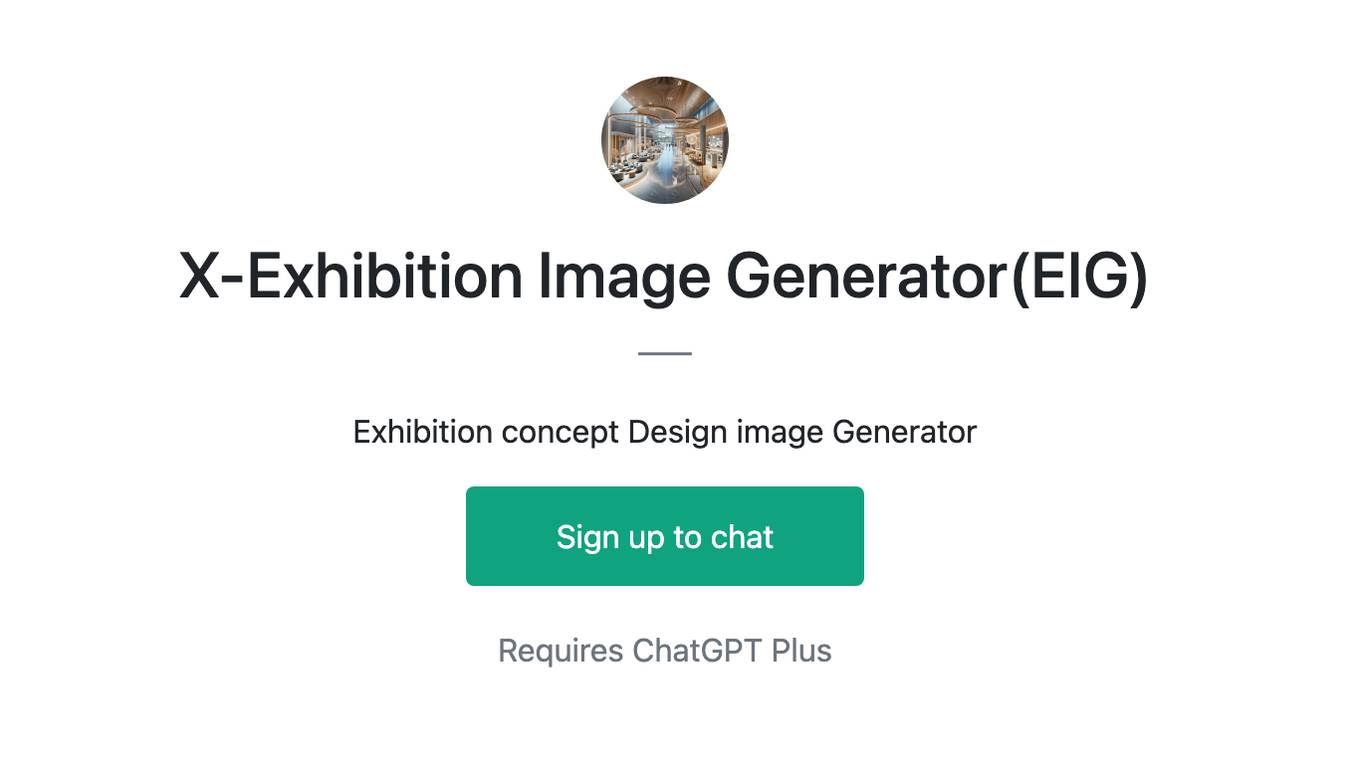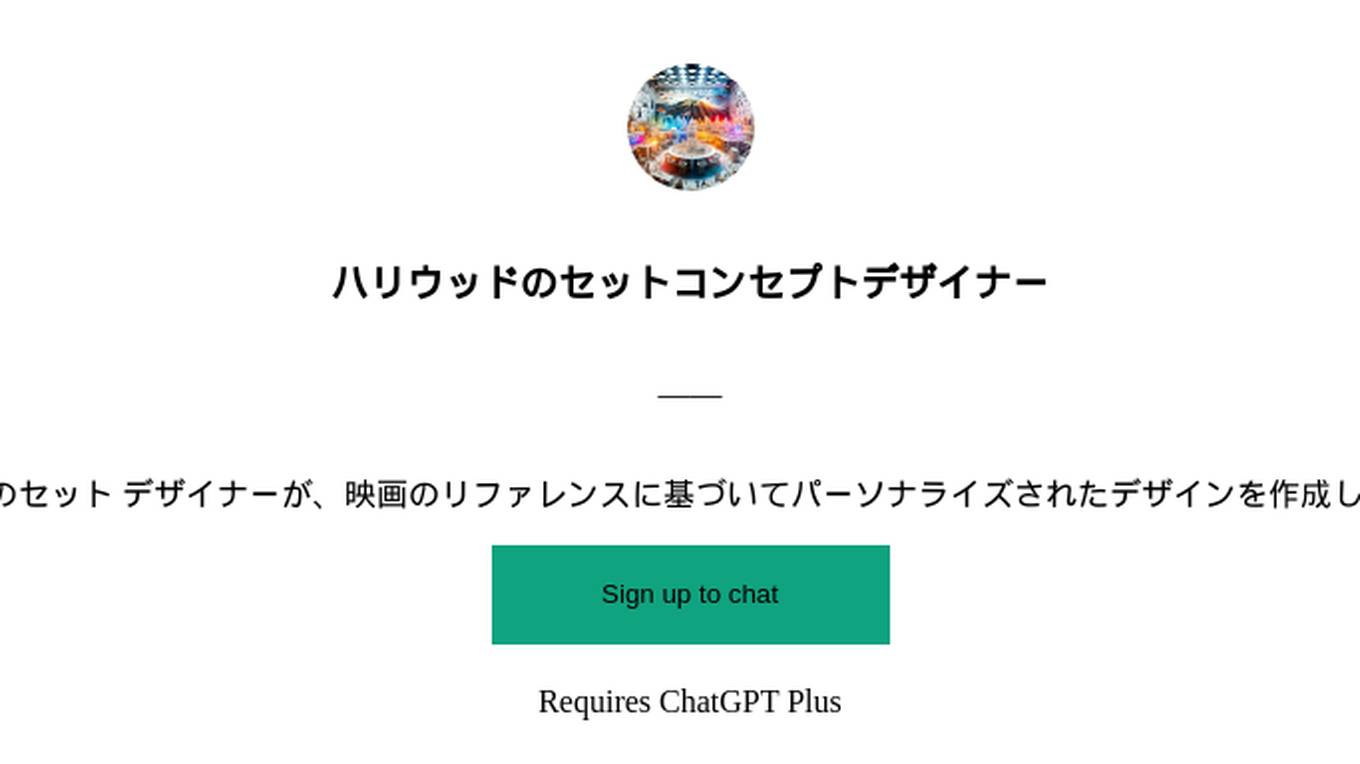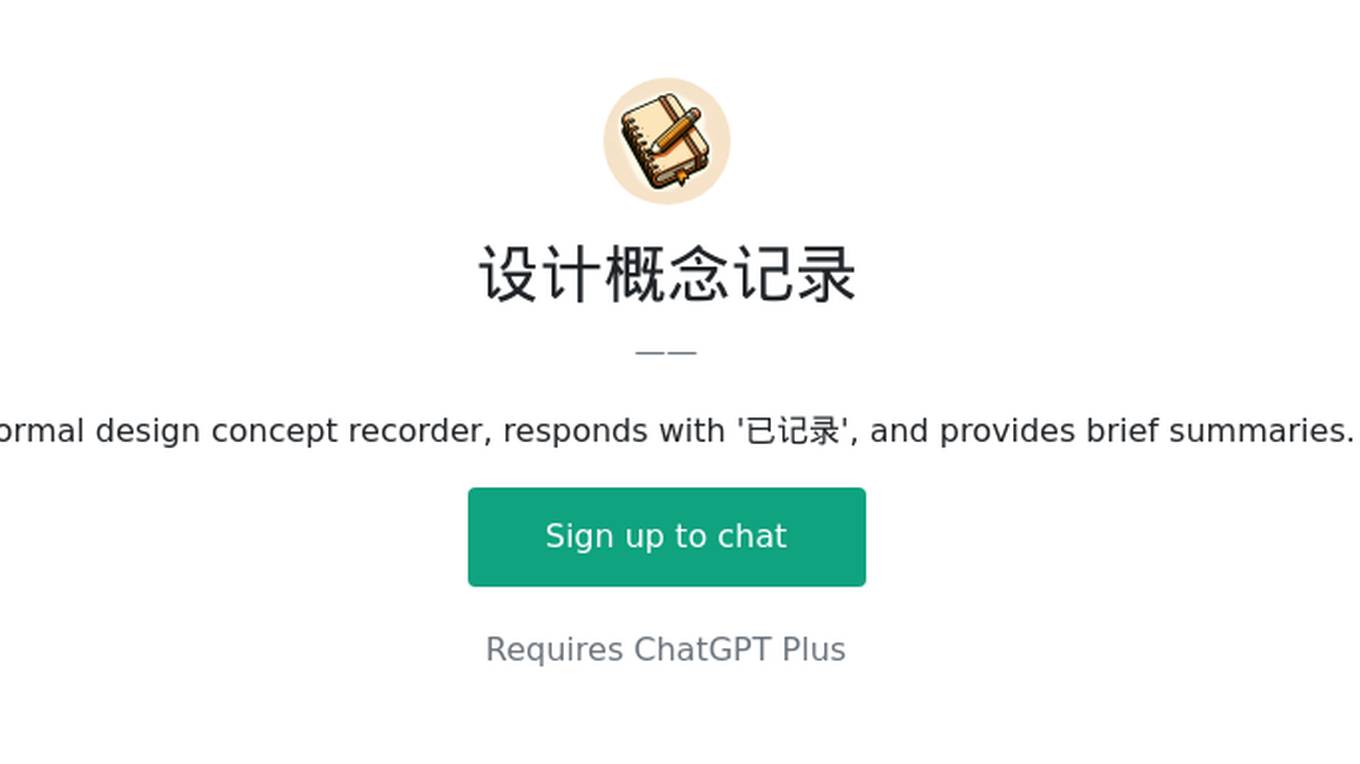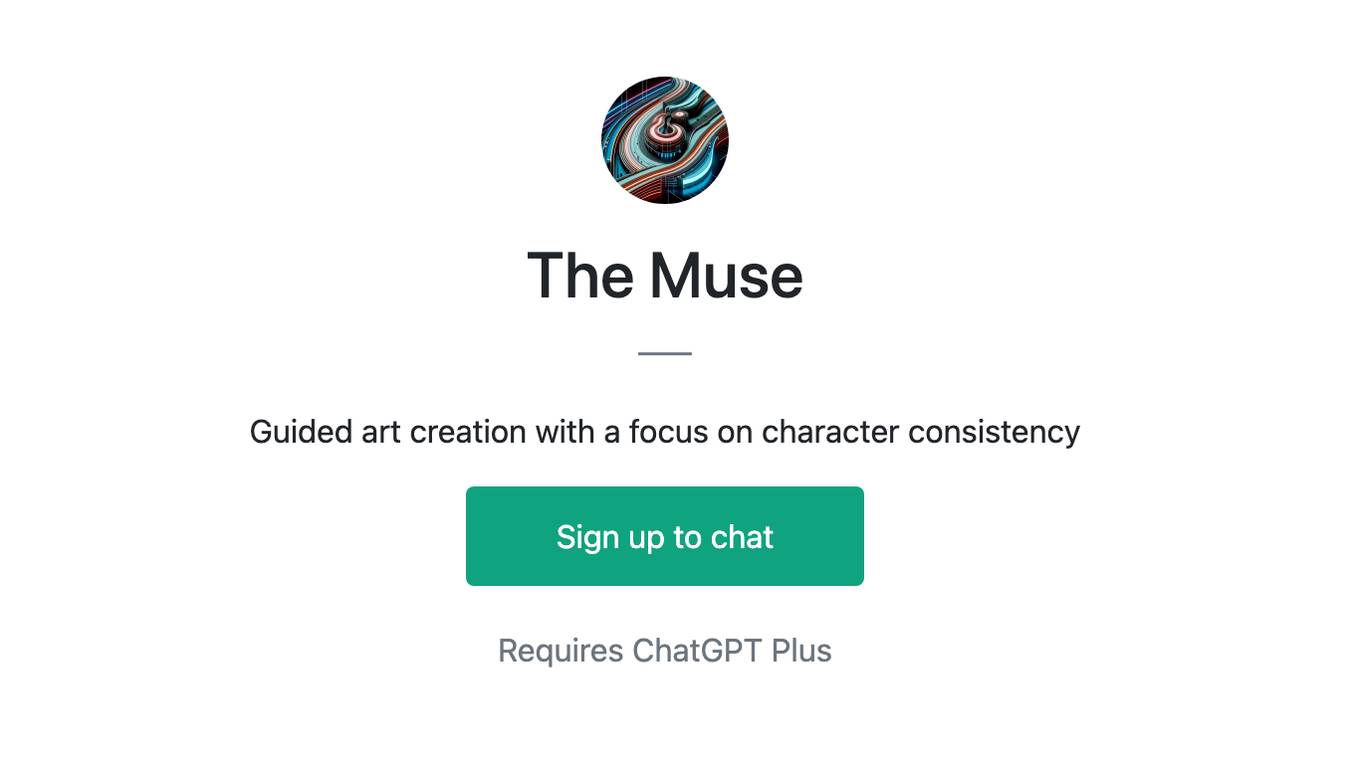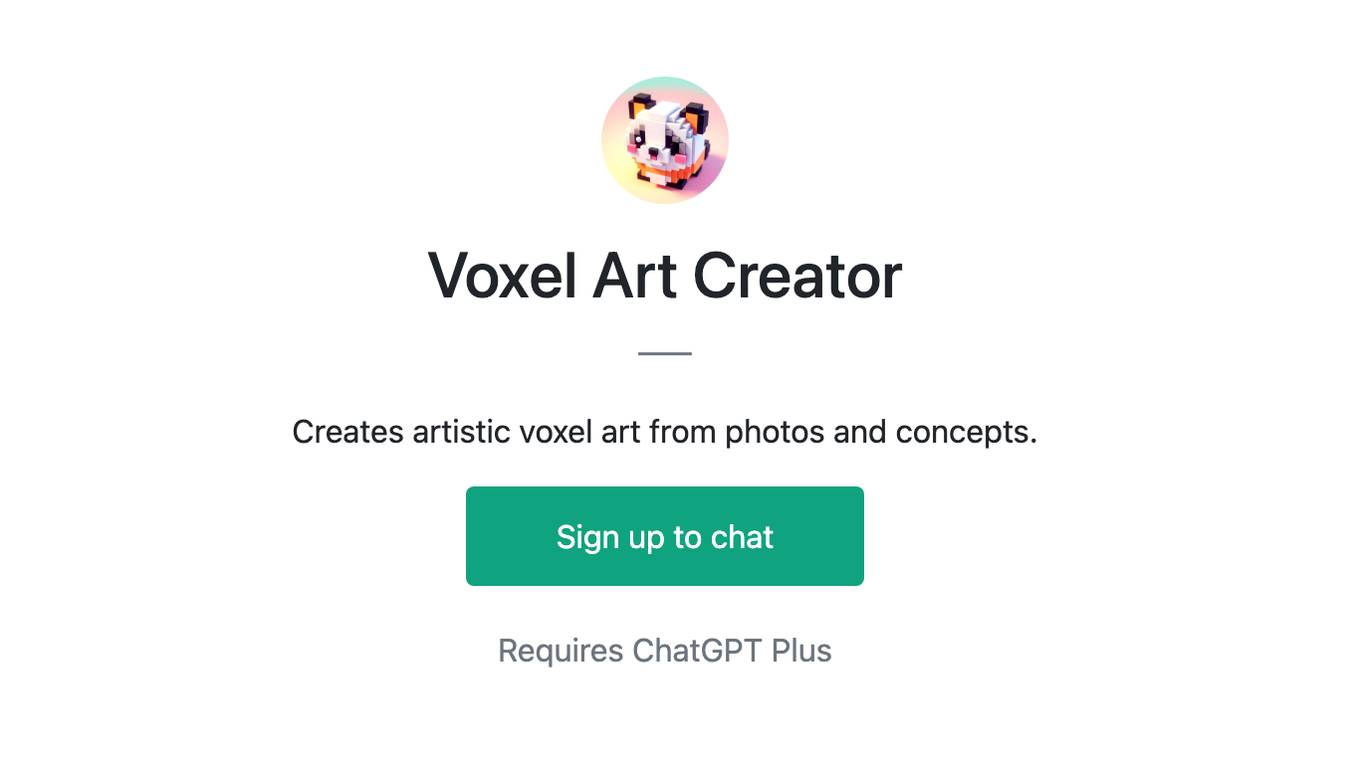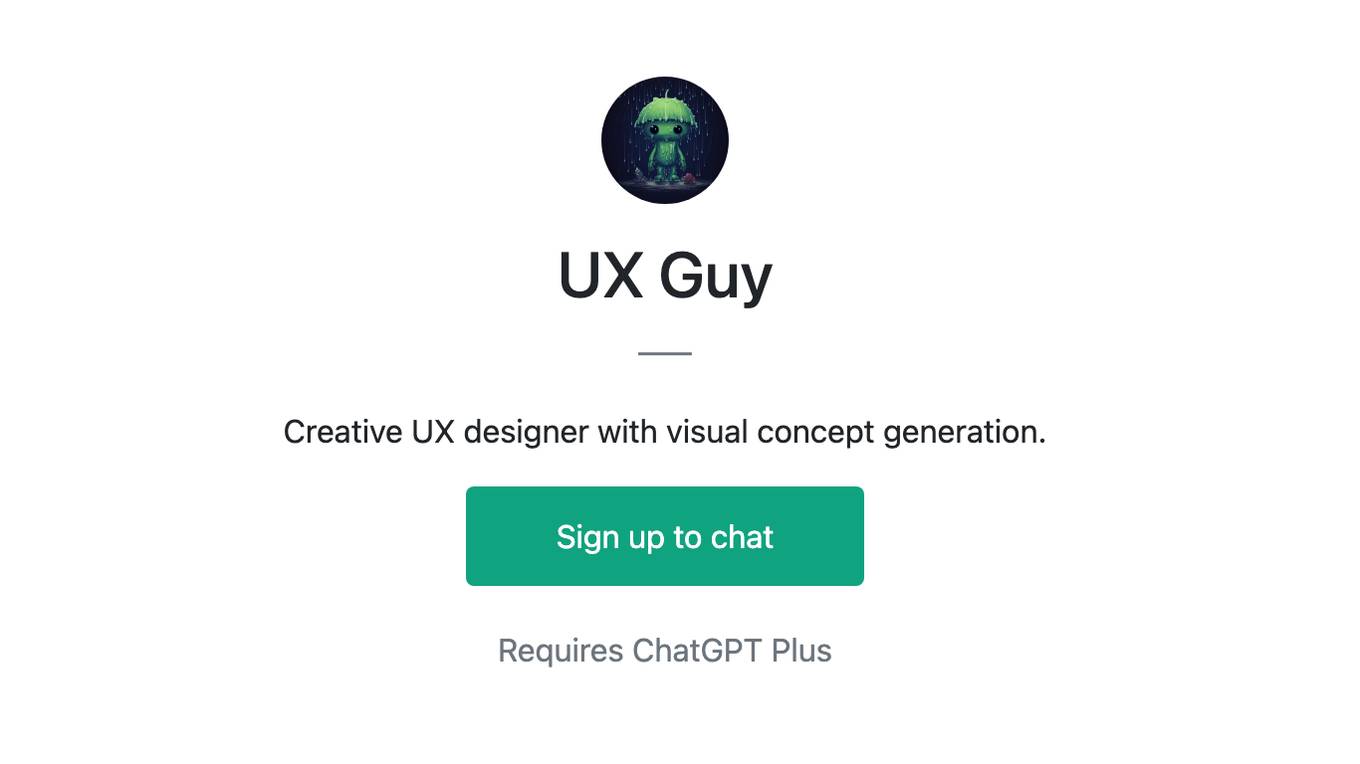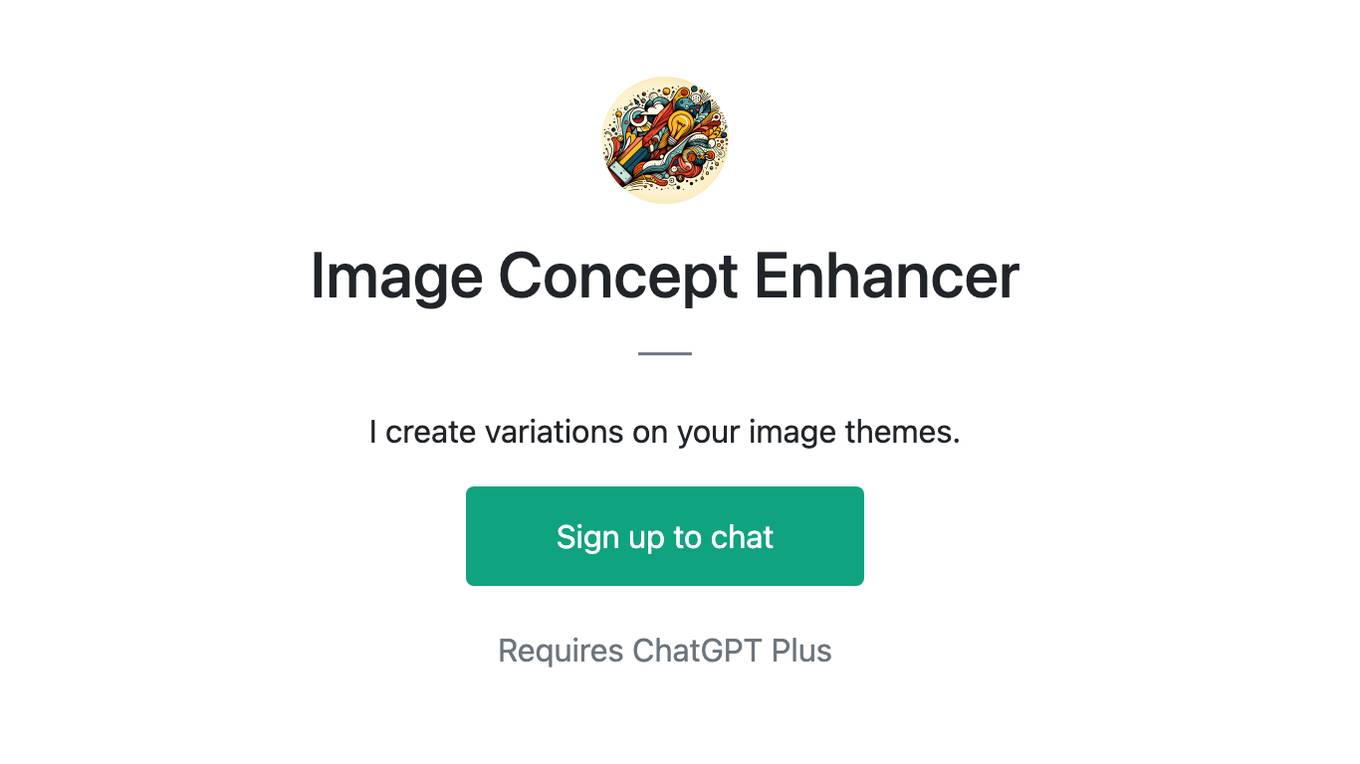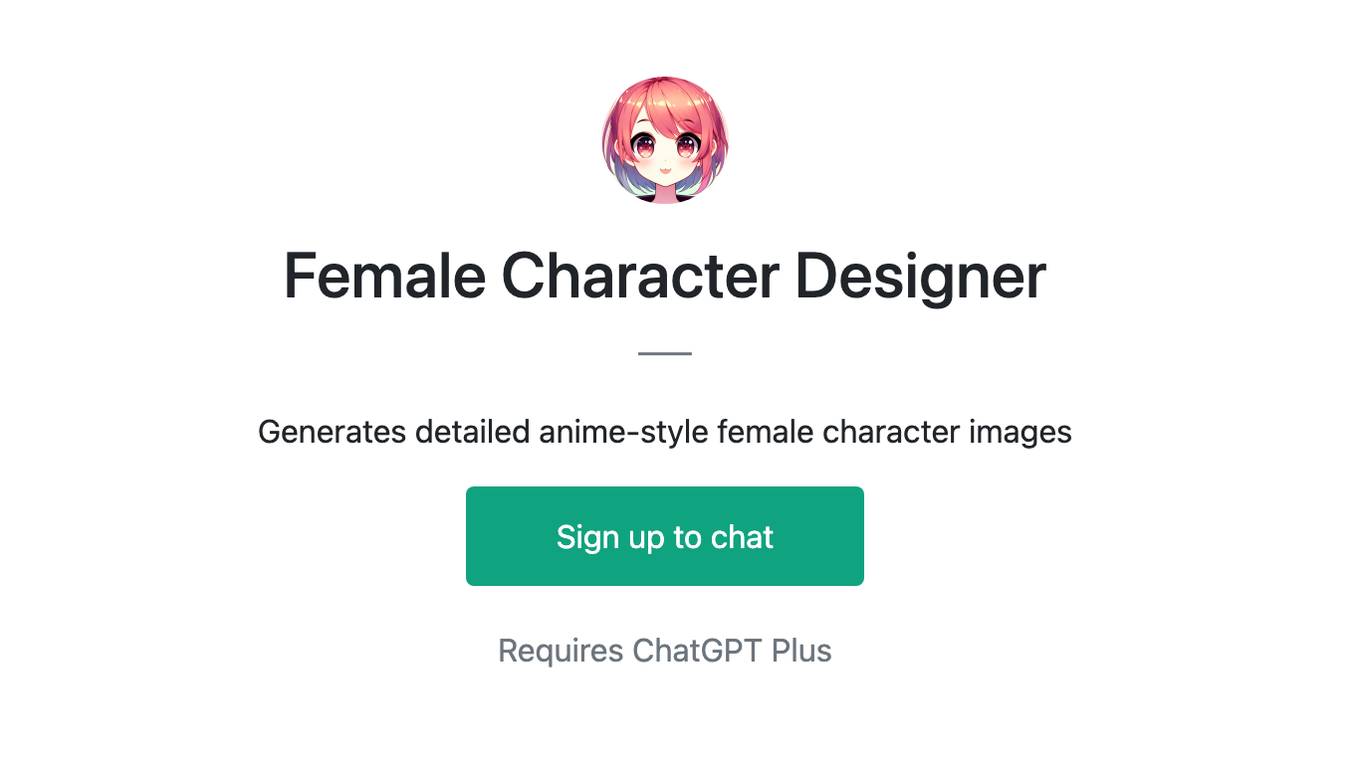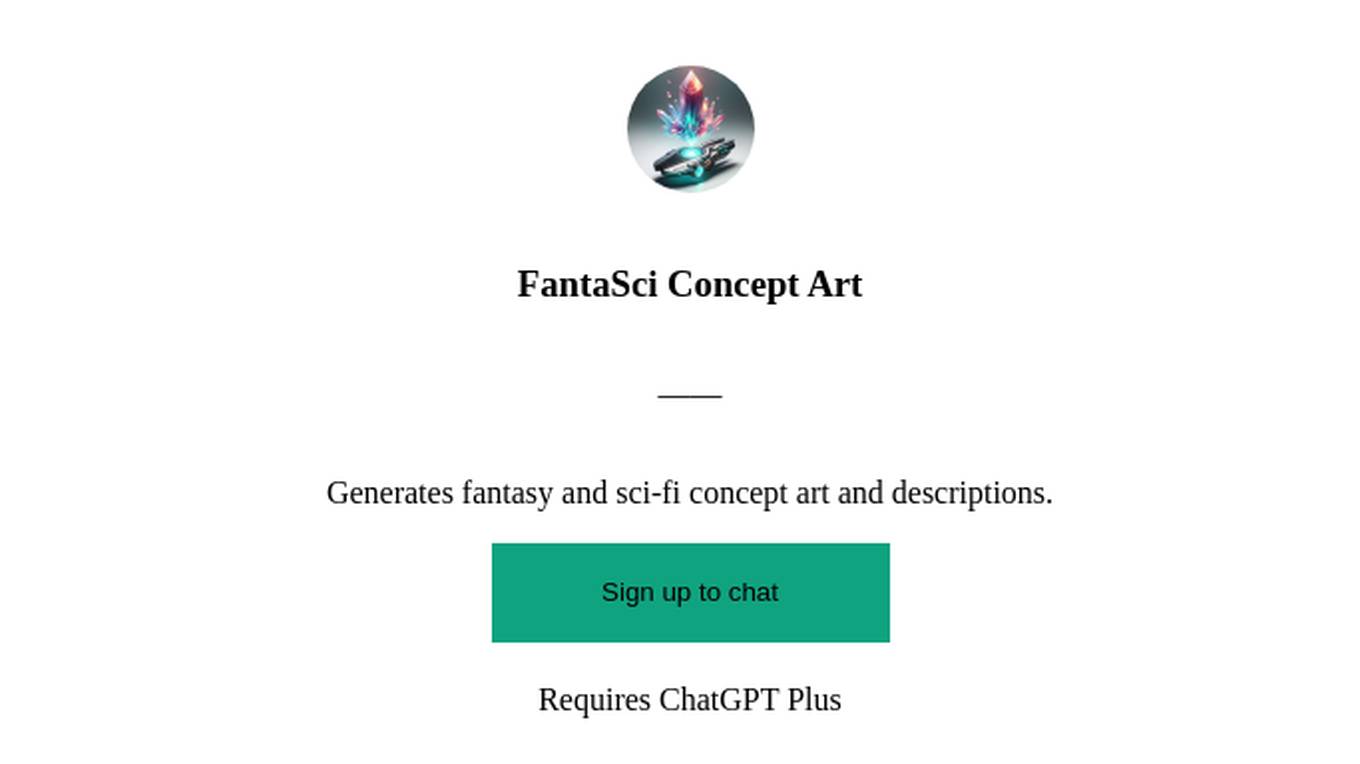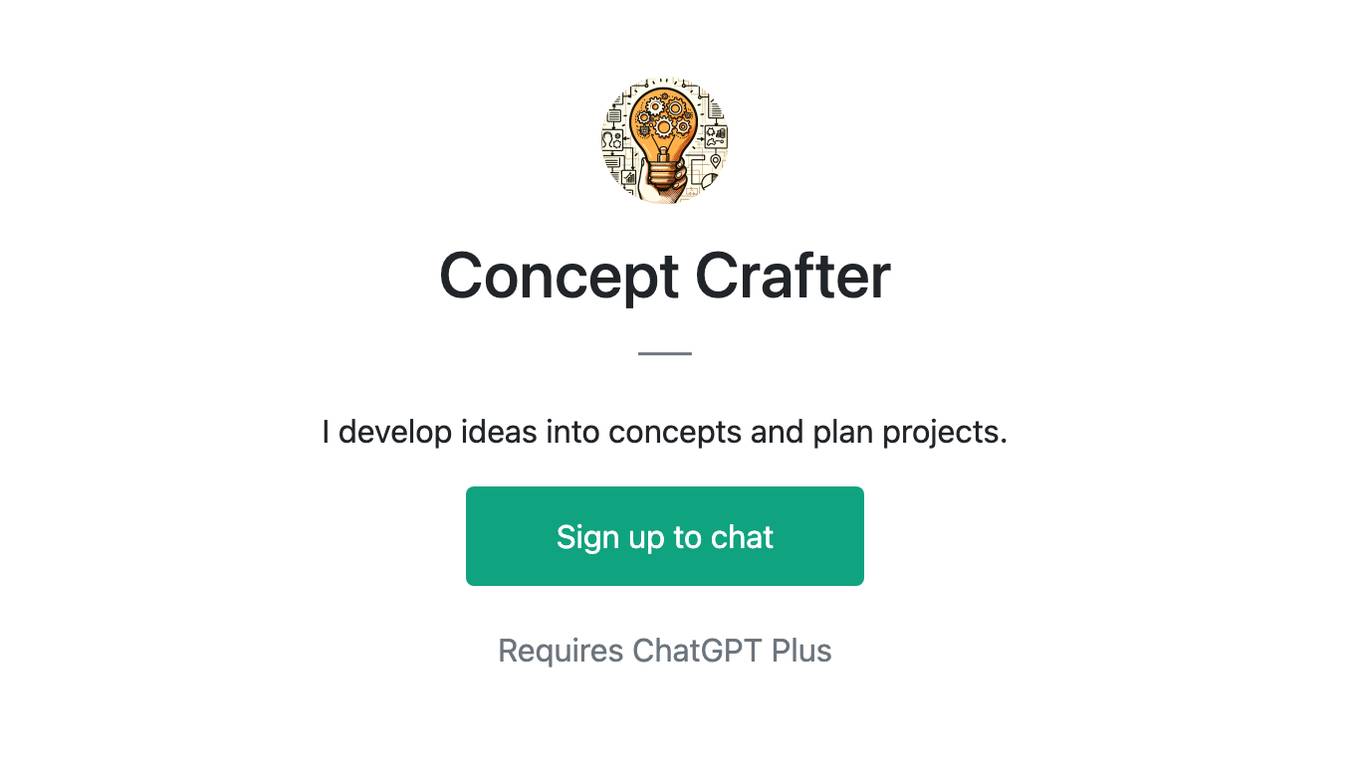Best AI tools for< Concept Design >
Infographic
20 - AI tool Sites

Censored AI
Censored AI is an AI-powered application that allows users to bring their dream artwork to life with a state-of-the-art generator. It offers a range of styles including anime, comics, realistic designs, and 3D creations. Users can create stunning pieces tailored to their vision for just $2 a month. The application leverages a powerful AI engine to amplify creativity and unlock limitless possibilities. With features like Anime & Comic Styles, Realistic Generations, Toon & T-Shirt Designs, and more, Censored AI provides a platform for users to unleash their imagination and create epic artwork.
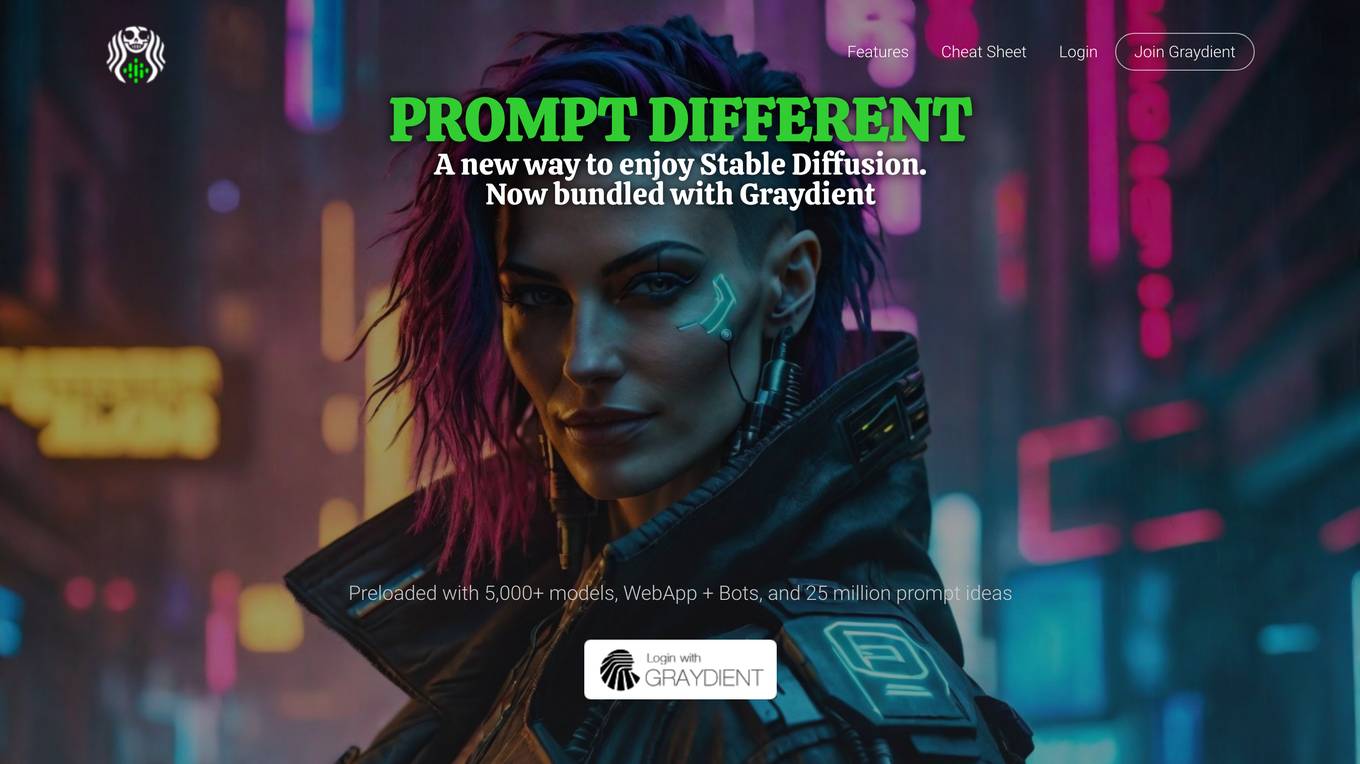
Pirate Diffusion
Pirate Diffusion is a unique software and community created for individuals seeking the full potential of Stable Diffusion on the go. It offers a range of features, including preloaded models, web app and bots, and a vast collection of prompt ideas. With Pirate Diffusion, users can create unlimited images, utilize LLM bots, upload and edit their own photos, and engage in various image manipulation techniques such as sketch-to-photo, img2img, inpainting, outpainting, and face swapping. Additionally, it provides access to advanced features like ControlNet, IP Adapter, blend, unlimited background remover, 200 steps, HiResFix, samplers, and 4X upscalers. Pirate Diffusion is integrated with Graydient, a cloud computing platform for creating AI spaces, allowing users to access their images across multiple apps and devices.
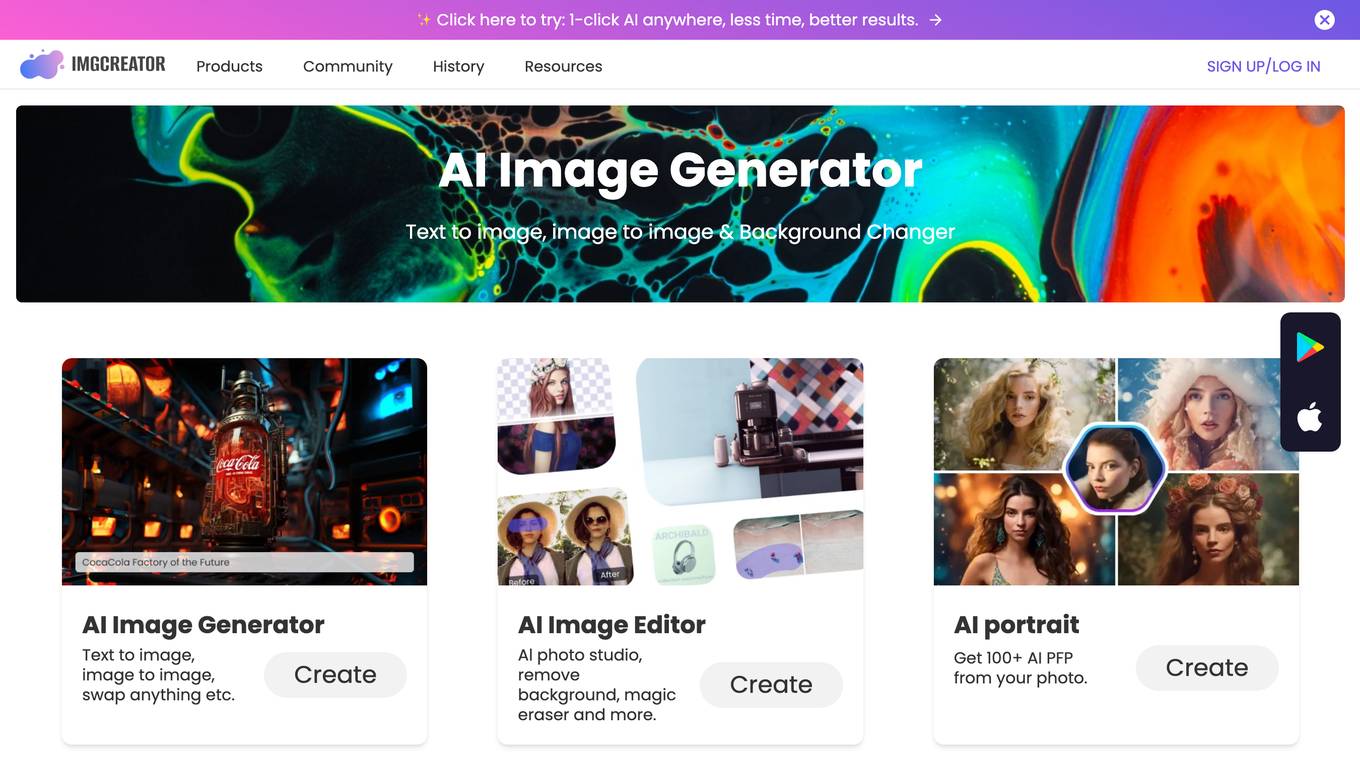
ImgCreator.AI
ImgCreator.AI is an AI-powered image generator that allows users to create images from text prompts. It offers a variety of features, including the ability to generate images in different styles, edit existing images, and create images from scratch. ImgCreator.AI is best suited for creating illustrations, anime, and concept design images.
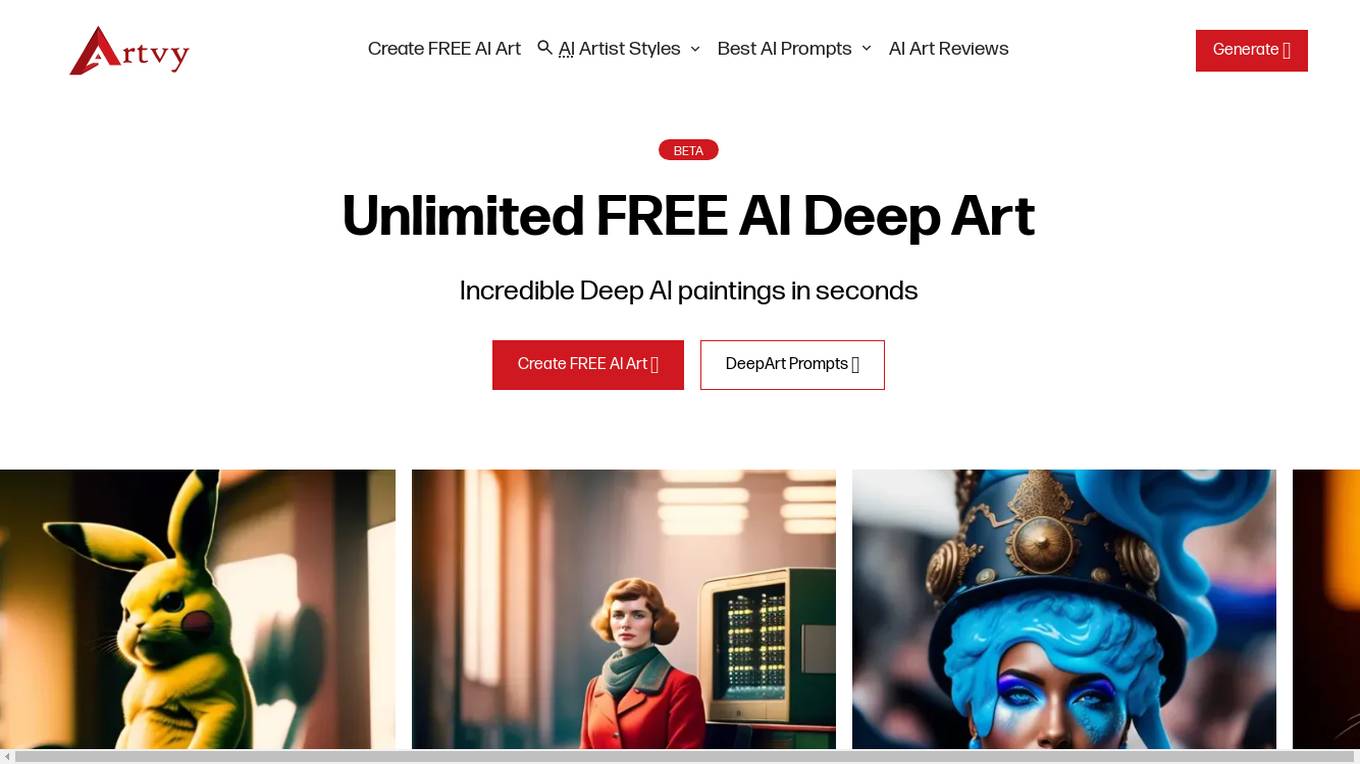
Artvy
Artvy is an AI tool that allows users to create unlimited AI art for free. It offers a wide range of AI artist styles suitable for architects, designers, filmmakers, illustrators, painters, photographers, and more. Users can generate deep AI paintings in seconds across various genres and styles, such as photography, anime, fashion, concept art, architecture, and more. Artvy leverages the power of artificial intelligence to revolutionize the art creation process, providing high-quality AI artwork styles that are indistinguishable from human-made art.
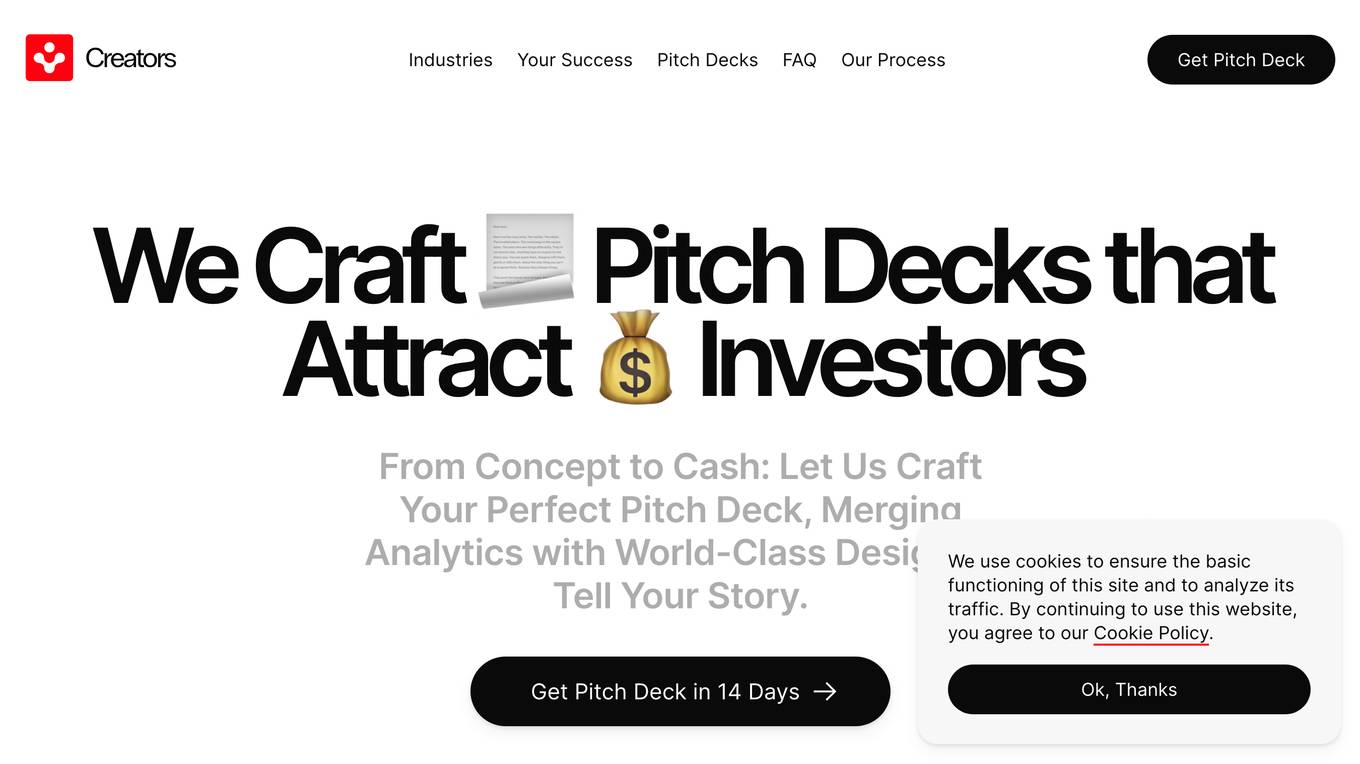
Creators
Creators is a website that offers a service to create pitch decks for startups and growing businesses. They specialize in creating visually stunning and impactful pitch decks that tell the story of the business and capture the attention of investors. They use a data-driven approach to storytelling, incorporating relevant data and analytics to back up the idea and prove its potential to investors. They also use artificial intelligence to identify the most compelling way to present the information, ensuring that the pitch deck is not just informative, but also engaging. Creators has a team of expert designers who excel at transforming complex ideas into clear, understandable visuals that are both stunning and highly effective in communicating the message to potential investors.
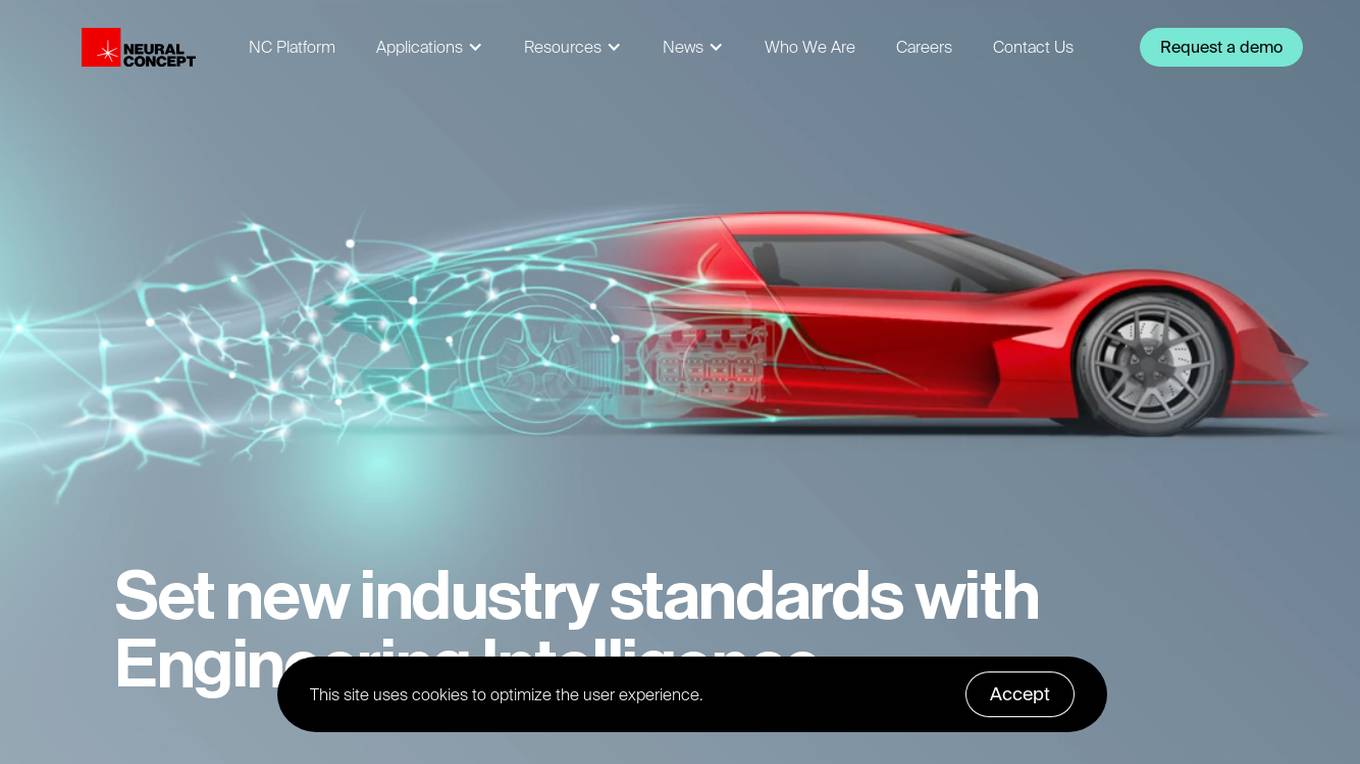
Neural Concept
Neural Concept is an end-to-end platform for high-performance engineering teams, powered by a leading proprietary 3D AI core. It accelerates product development and innovation with industry-leading 3D deep-learning and simulation capabilities. The platform works with various CAE and CAD softwares, offering 3D visual feedback, collaborative environment, and LLM guidance to boost engineers' impact. Neural Concept is used by engineering companies to design and deliver better products faster, bringing AI-designed products to market up to 75% faster.
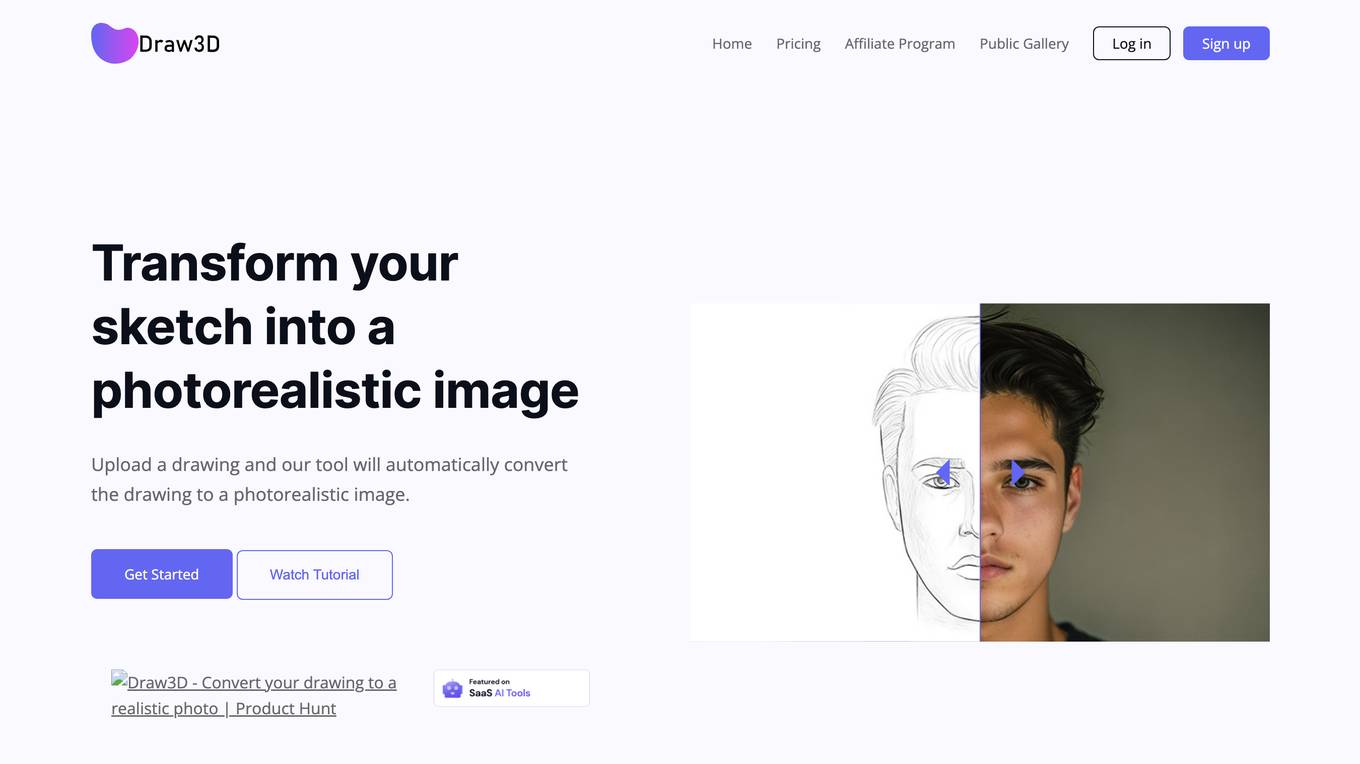
Draw3D
Draw3D is an online tool that allows users to transform their sketches into photorealistic images. It is a powerful tool that can be used to create realistic images of anything from landscapes to portraits. Draw3D is easy to use and can be used by anyone, regardless of their artistic ability. Simply upload a sketch and Draw3D will automatically convert it into a photorealistic image.
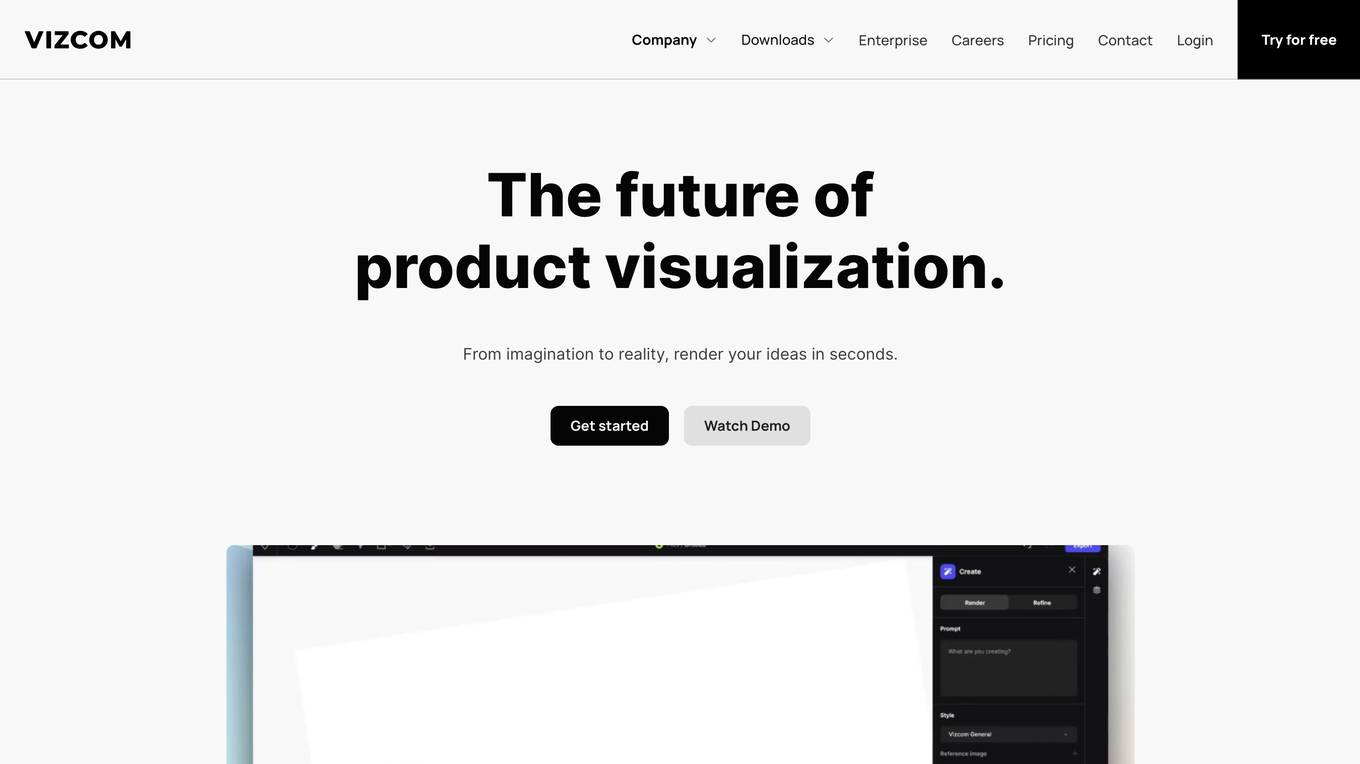
Vizcom
Vizcom is a design tool that offers a new way to design for the real world. It allows users to sketch their ideas, render designs with various styles, generate 3D models, and animate concepts. Vizcom empowers designers to tell cohesive stories about their ideas through detailed visualizations, providing instant feedback and the ability to place designs in realistic scenes. The tool is built for design teams to stay aligned, move faster, and build together, across various sectors.
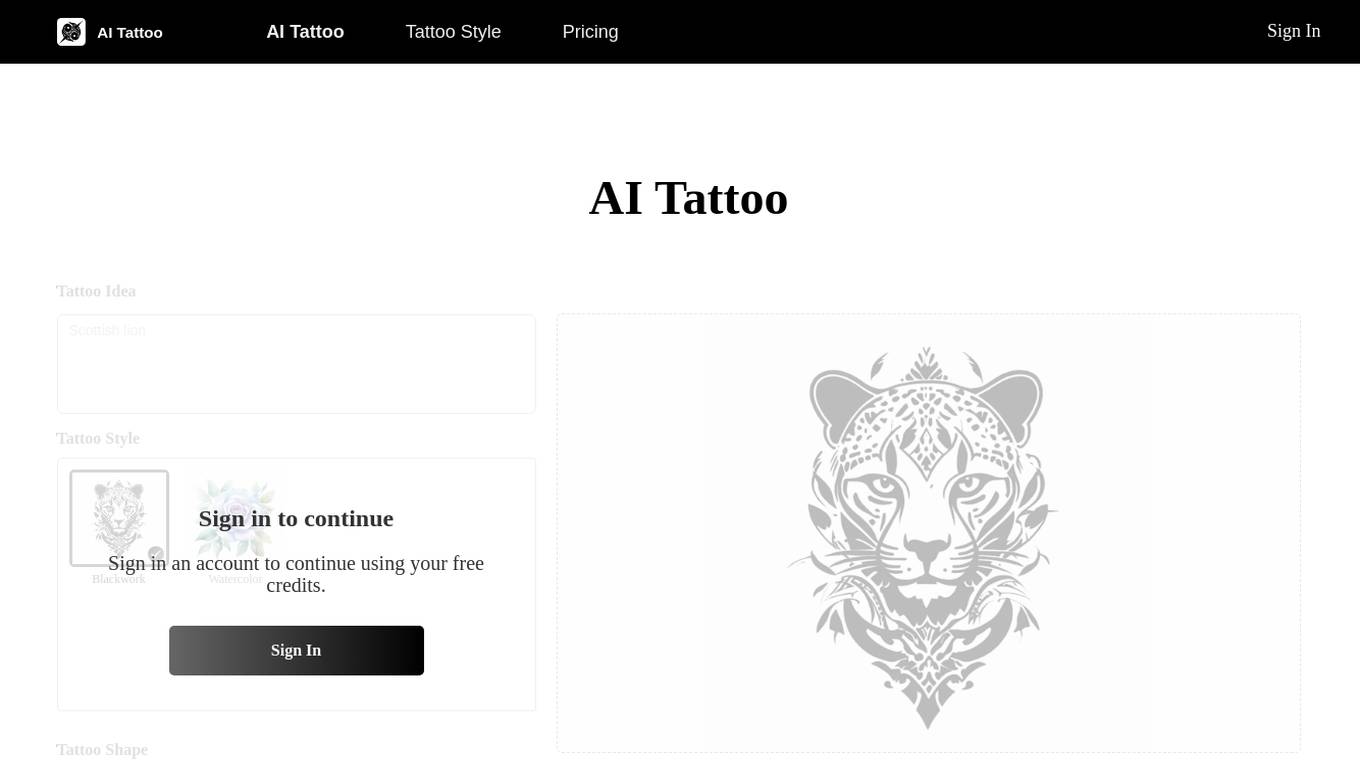
AI Tattoo
AI Tattoo is a free online tool that allows users to generate unique and creative tattoo designs using artificial intelligence technology. Users can input their tattoo ideas, choose from various tattoo styles and shapes, and create custom tattoo designs in seconds. The tool provides inspiration for tattoo enthusiasts and helps them turn their ideas into reality without the need for copying existing designs. AI Tattoo stands out for its user-friendly interface, free usage times, and advanced AI technology.
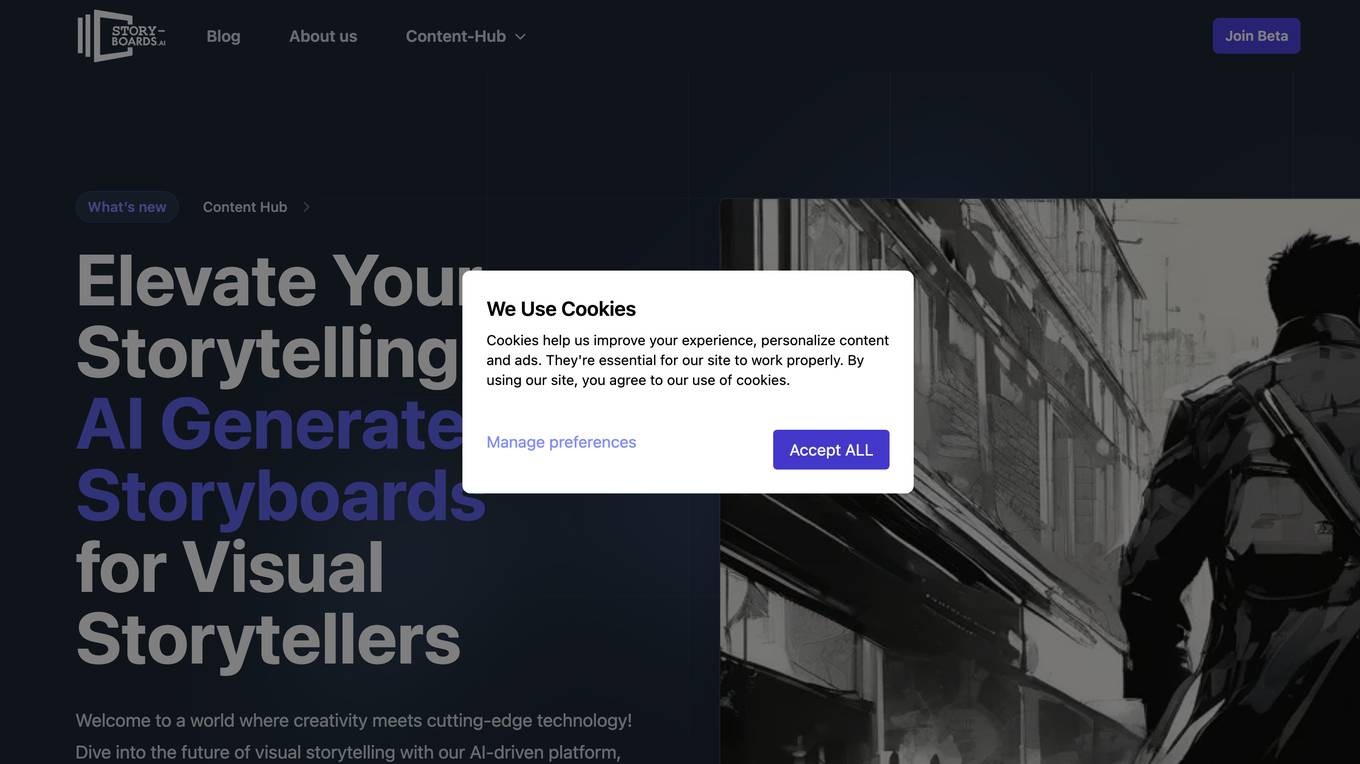
Story-boards.ai
Story-boards.ai is an AI-driven platform that revolutionizes storyboarding for visual storytellers, including filmmakers, ad creators, and graphic novelists. It empowers users to transform written scripts into dynamic visual storyboards, maintain character consistency, and speed up the pre-production process with AI-enhanced storyboarding. The platform offers tailored storyboards, custom camera angles, character consistency, and a streamlined workflow to elevate narratives and unlock new realms of possibility in visual storytelling.
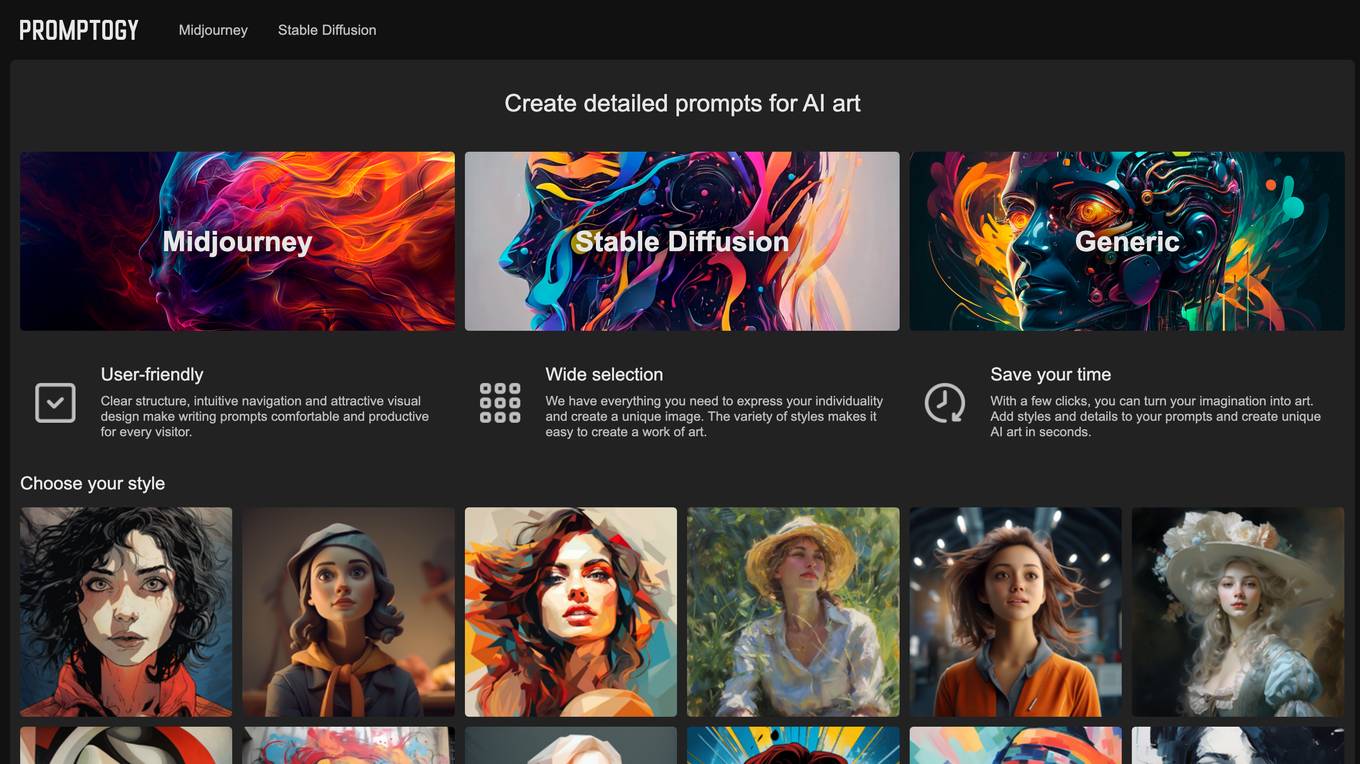
Promptogy
Promptogy is a user-friendly prompt builder for AI art tools like Midjourney and Stable Diffusion. It offers a wide selection of styles and features to help users create unique and visually appealing AI-generated images. The platform is designed to be intuitive and easy to use, making it accessible to users of all skill levels.
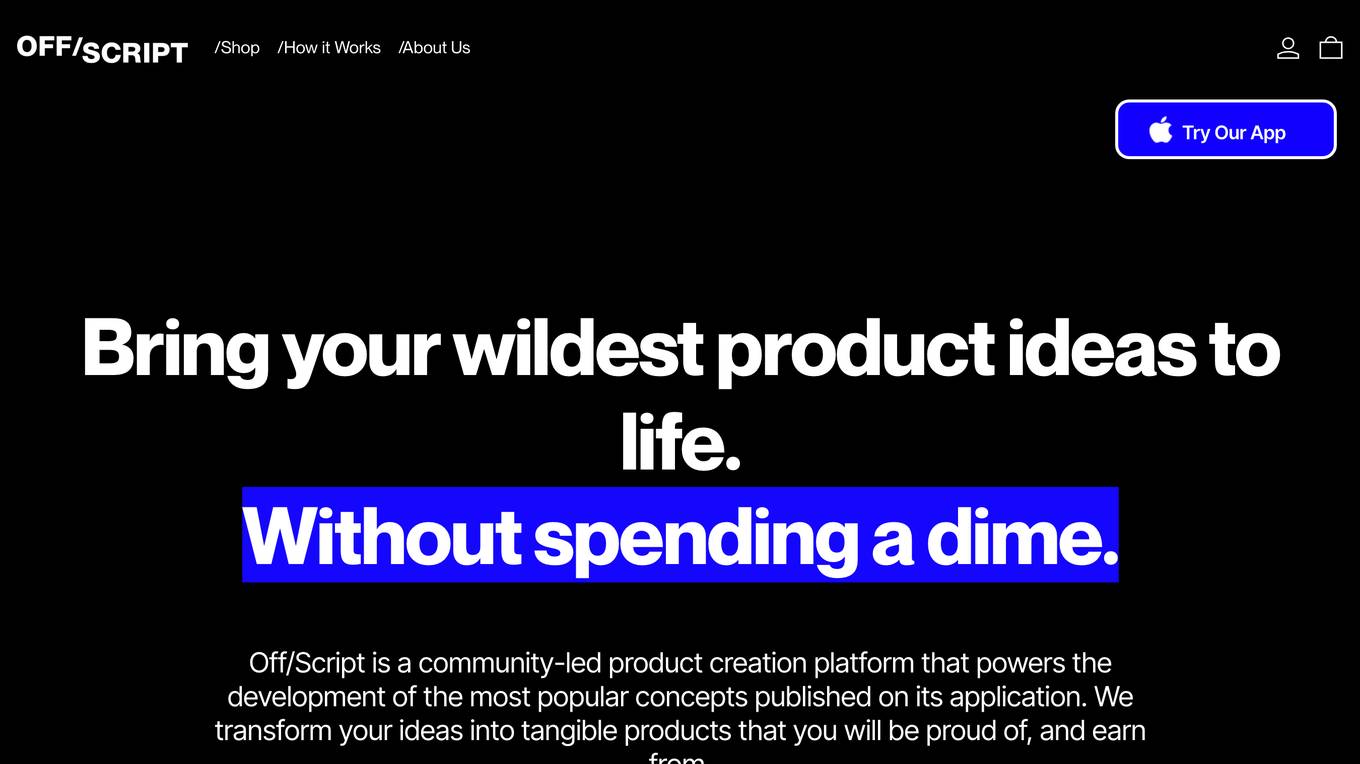
Off/Script
Off/Script is a community-led product creation platform that empowers users to bring their product ideas to life without spending any money. The platform provides users with access to an AI-powered product creation studio, a community of design experts, and a marketplace to sell their products. Off/Script handles all product creation and logistics requirements, so users can focus on what they do best: designing and creating innovative products.
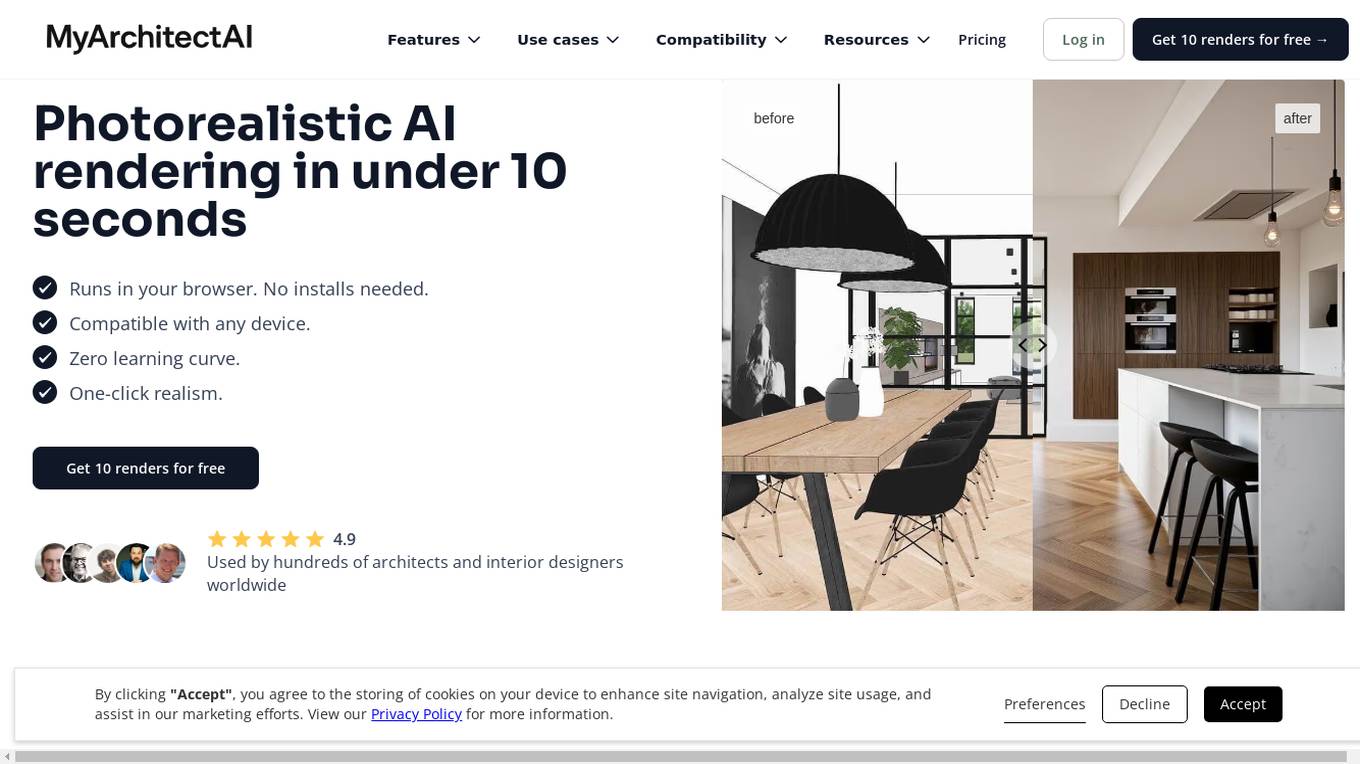
MyArchitectAI
MyArchitectAI is an AI rendering software that offers photorealistic rendering for architectural and interior designs in seconds. It provides features like style transfer, render editing, enhancer, and supports designs from various CAD software. The application aims to streamline the rendering process, making it efficient and accessible to users without the need for powerful hardware or extensive 3D modeling skills.
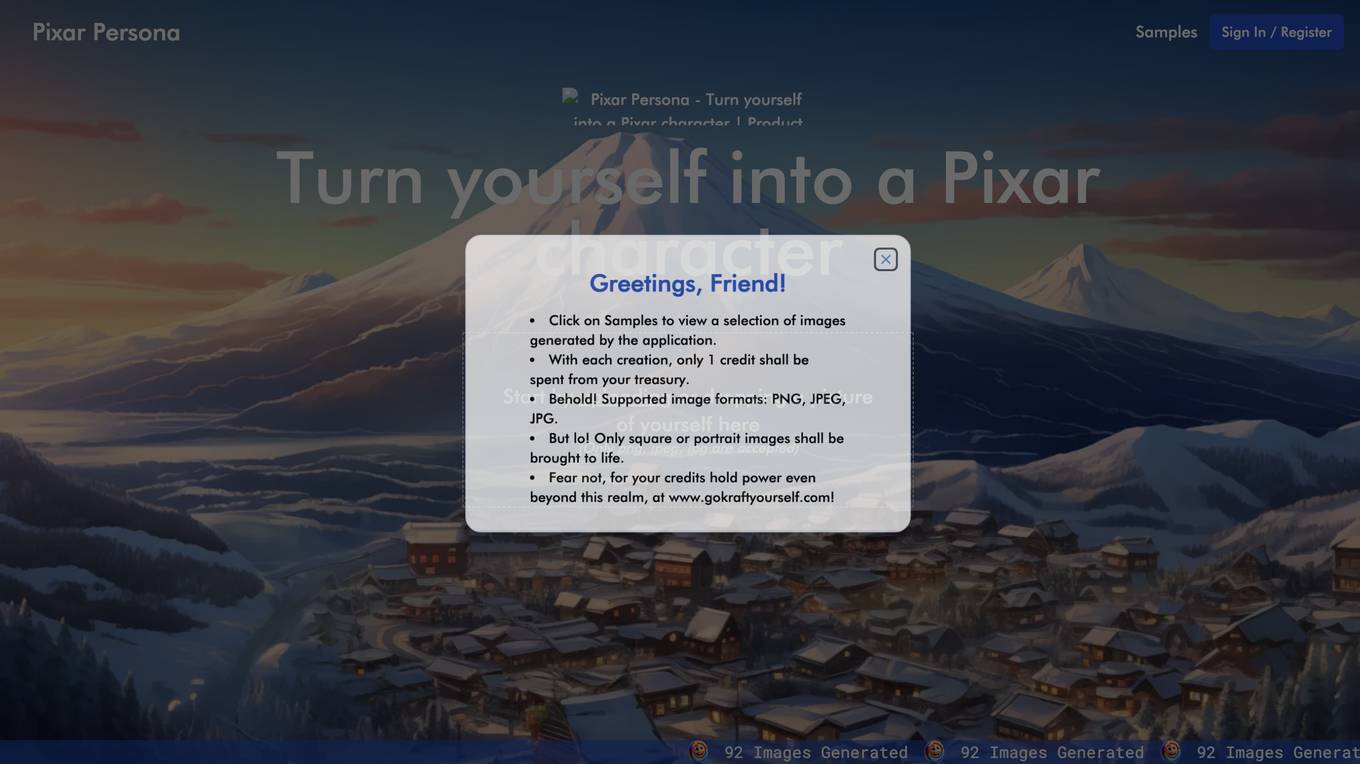
Pixar Persona
Pixar Persona is a website that allows users to transform themselves into Pixar characters. Users can upload a picture of themselves and the website will generate a Pixar-style character that looks like them. The website is easy to use and the results are impressive. Users can also share their Pixar characters with friends and family.
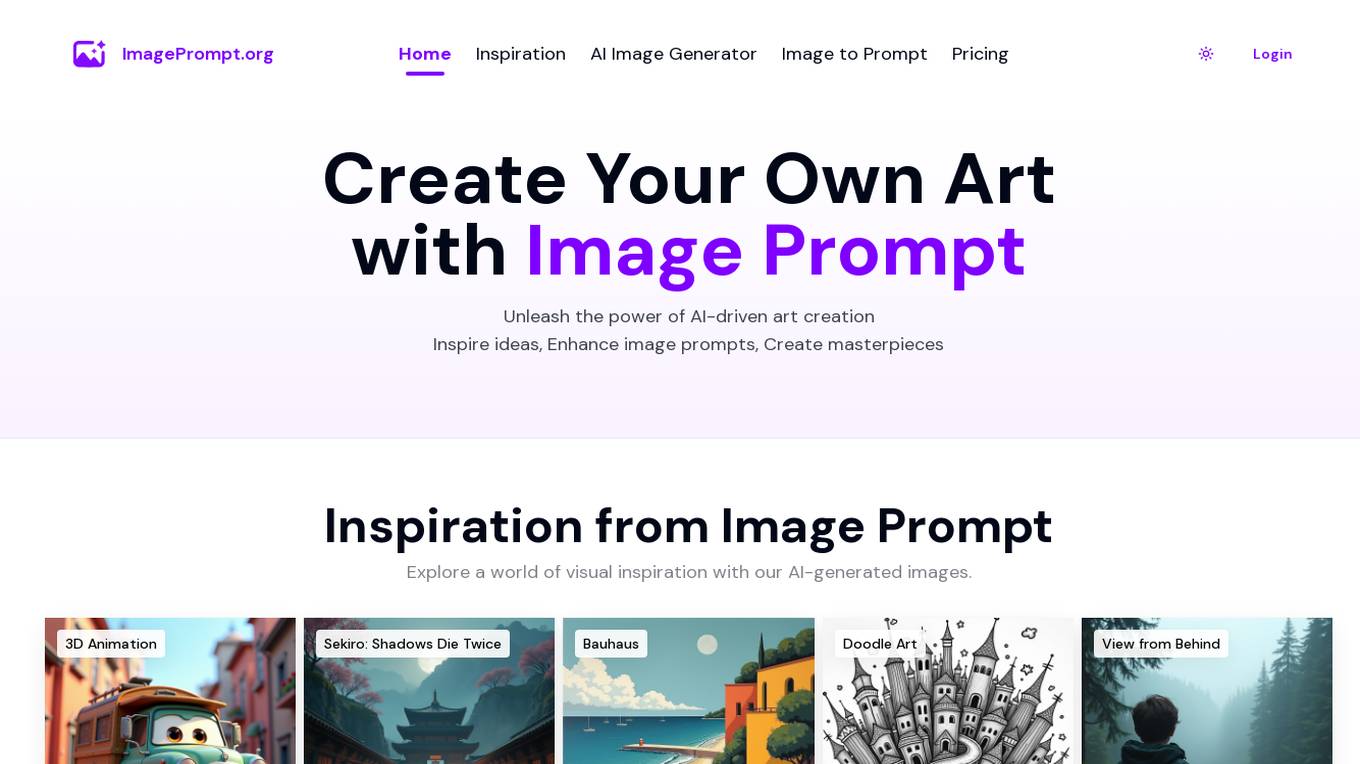
ImagePrompt.org
ImagePrompt.org is an AI-driven platform that empowers users to create unique and personalized images through the use of image prompts. By providing tools and guidance for crafting descriptive prompts, ImagePrompt.org enables users to unleash their creativity and bring their ideas to life through AI-generated artwork. The platform offers a seamless experience for generating stunning visuals and extracting precise image prompts, fueling the creative process and optimizing design efficiency with AI-powered precision.
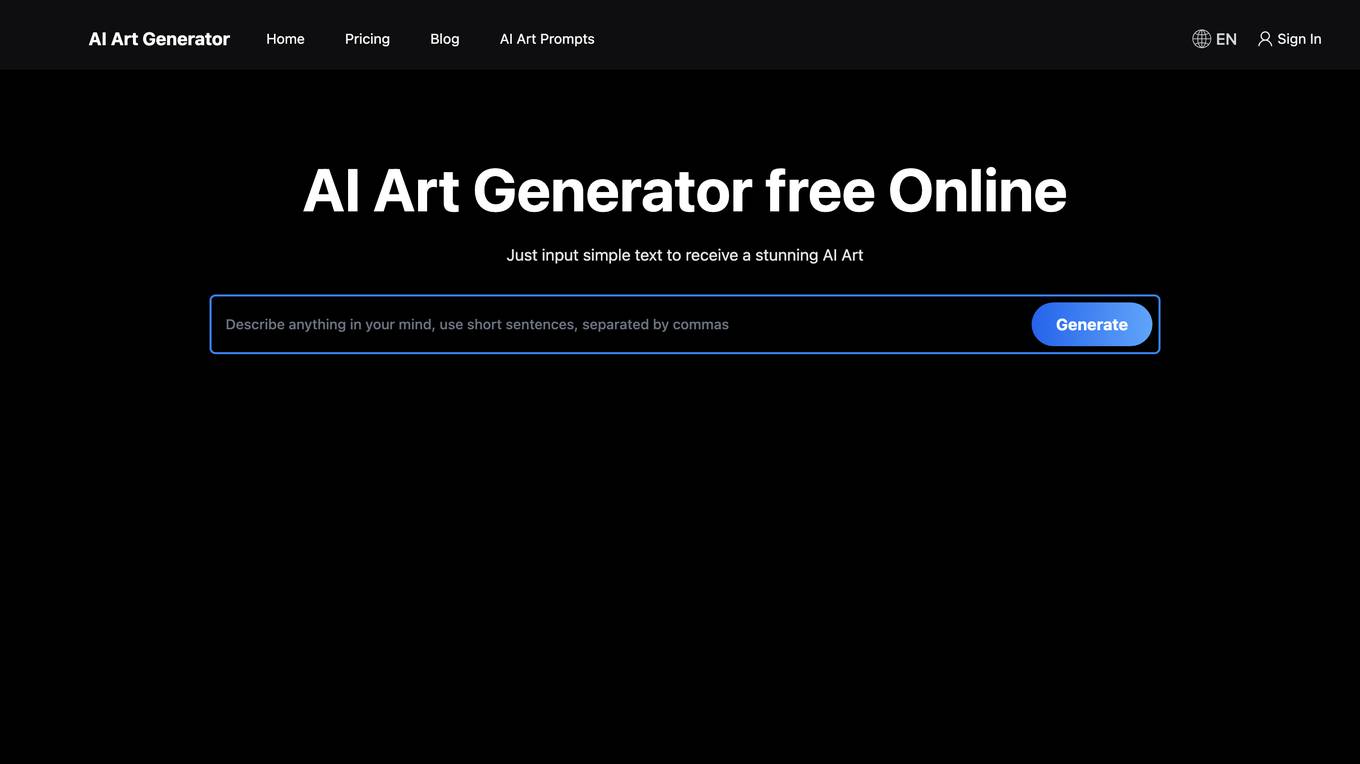
AI Art Generator
AI Art Generator is an online platform that leverages state-of-the-art Stable Diffusion technology to quickly turn users' imaginations into amazing artistic creations with just simple text prompts. Users can create unique images by providing text descriptions, and the AI model generates original artworks in seconds. The platform allows anyone to easily create stunning AI-generated artworks without needing artistic skills or training. AI Art Generator aims to provide a seamless and creative experience for users to explore the future of art through advanced technology.

Lovart
Lovart is the world's first design agent that automates the entire design journey, from concept to images, videos, 3D, and more. It plans, explores, and creates like a real designer, bringing your creative vision to life. Lovart allows users to co-create on ChatCanvas, offering shared intelligence. It supports all formats in one place, providing image, video, audio, and 3D outputs instantly. Users can discover inspiring projects from the vibrant community. Lovart AI is praised for its intuitive design capabilities and potential to revolutionize the creative process.
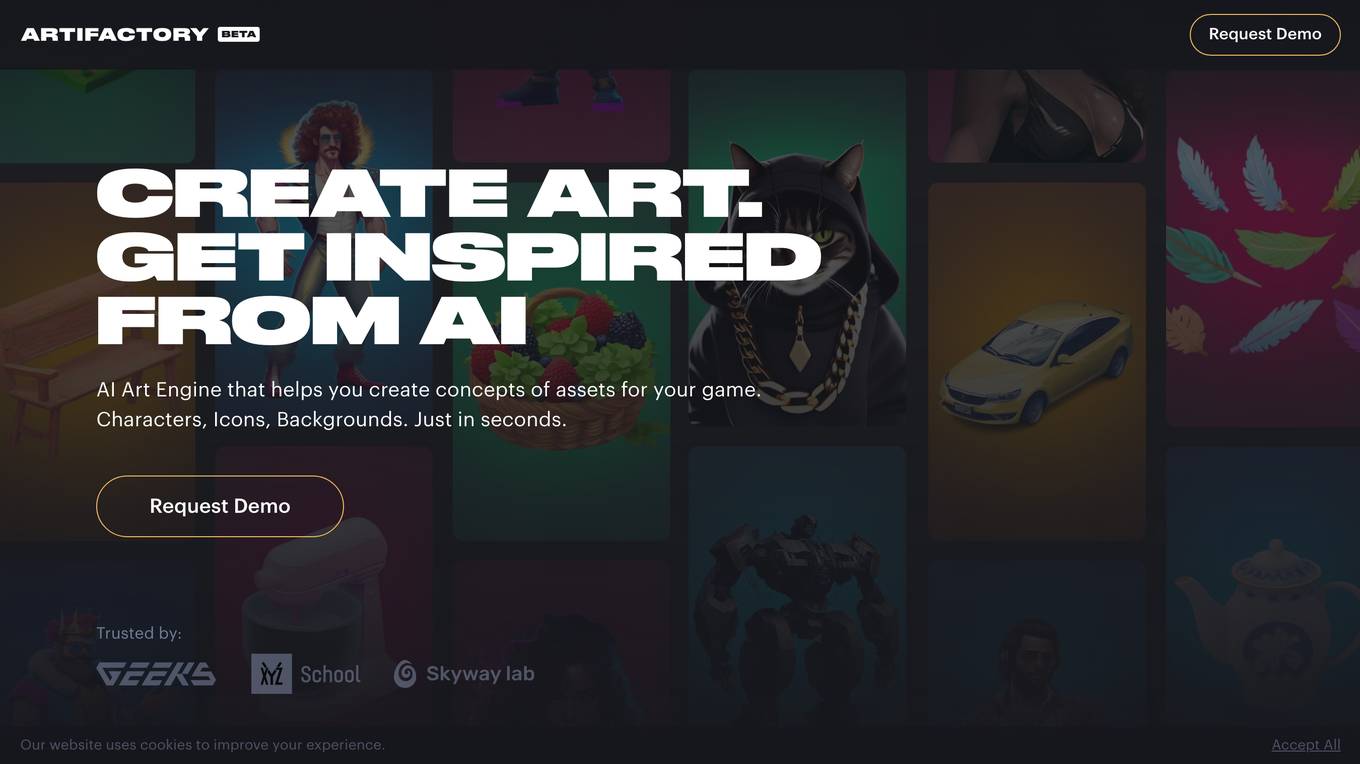
Artifactory
Artifactory is an AI-powered game asset generation tool that helps you create concepts for characters, icons, and backgrounds in seconds. With Artifactory, you can describe your task in text and generate images instantly. You can also use other images as references and train the model according to your style. Artifactory is easy to use and affordable, making it a great option for game developers of all levels.
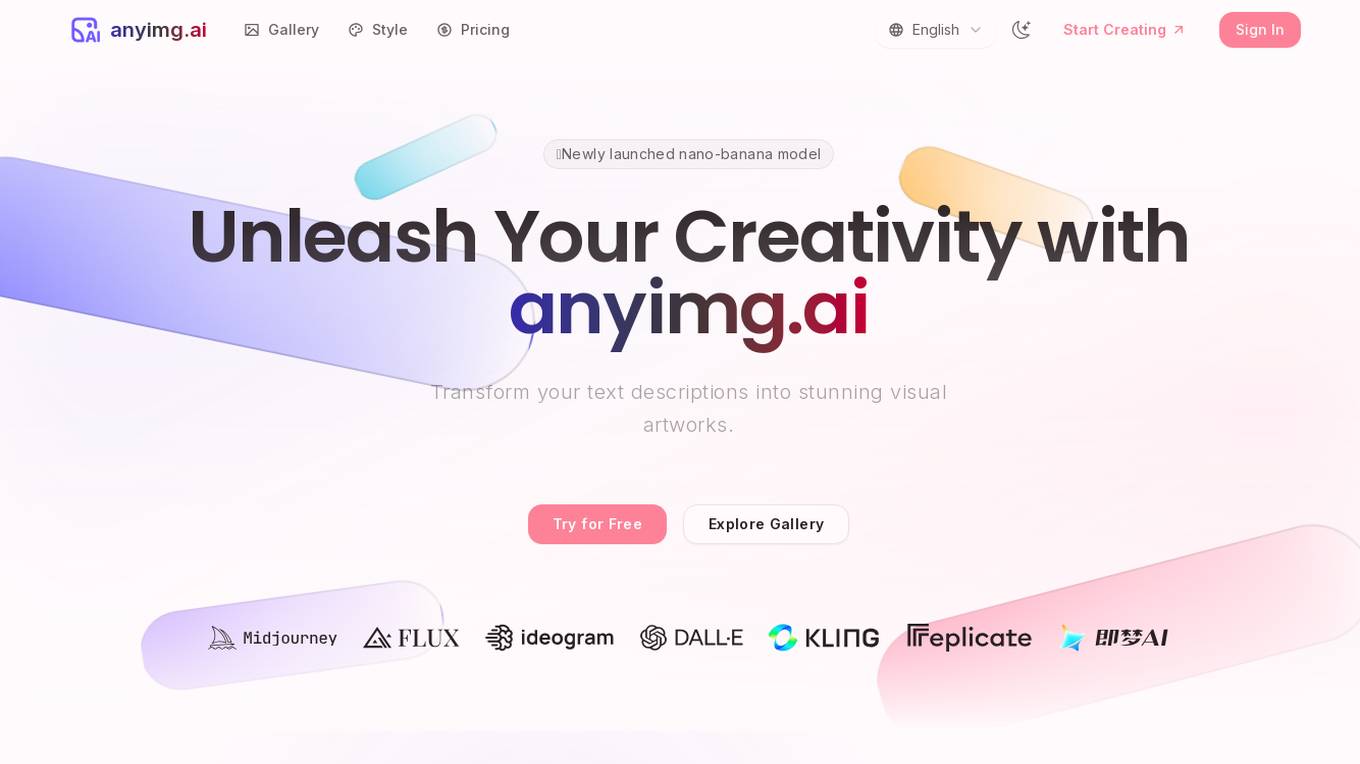
anyimg.ai
anyimg.ai is a powerful AI image generation platform that transforms ideas into stunning visual artworks using cutting-edge AI models. It offers access to various AI models optimized for different artistic styles and use cases. The platform is trusted by over 50,000 artists and has generated over 1 million images. Users can create professional-grade art styles for games, marketing visuals, concept art, product visuals, social media content, and more. With commercial licensing and high-quality outputs, anyimg.ai revolutionizes the creative process for designers, artists, and creators.
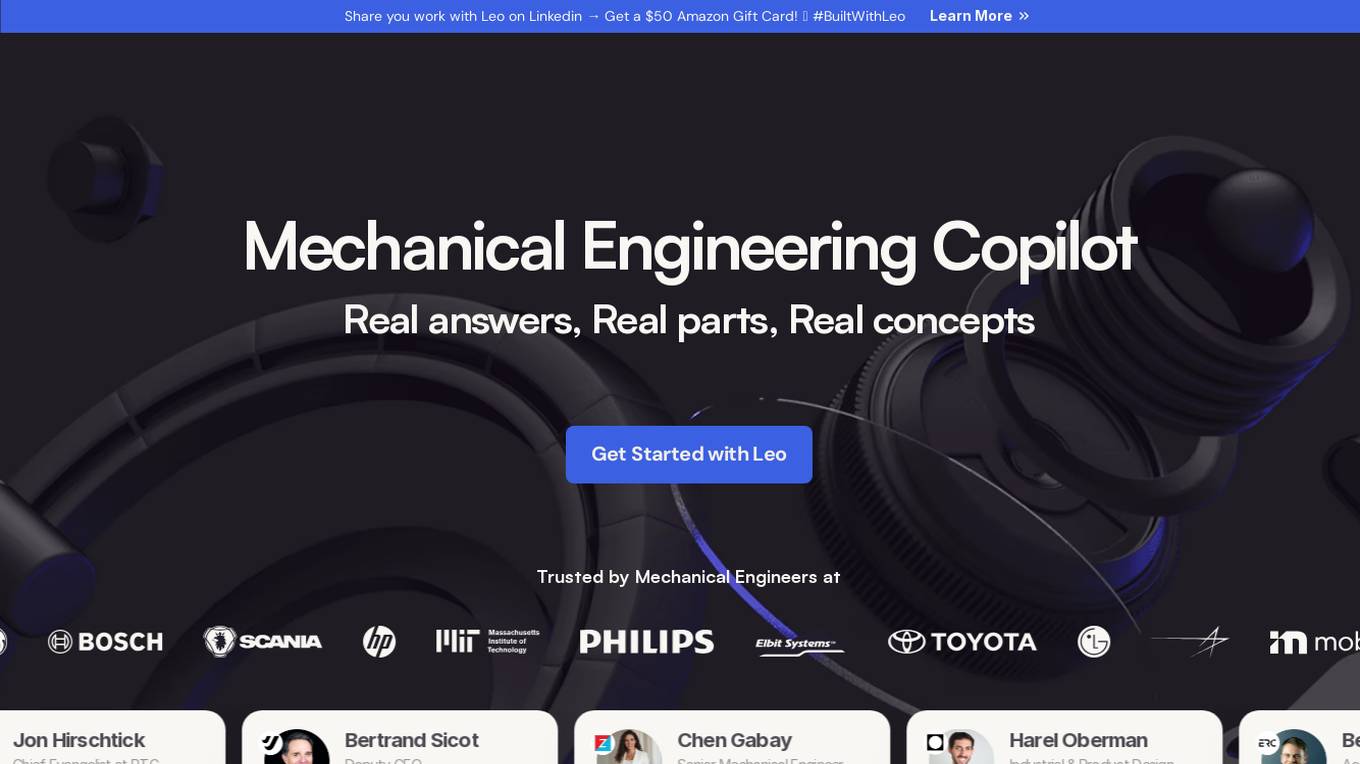
Leo AI
Leo AI is an AI-powered engineering design copilot tailored for mechanical engineers. It provides real answers, parts, and concepts to assist engineers in their design process. Leo leverages organization's data, centralizes engineering knowledge, handles problem-solving tasks, finds components using natural language, and helps brainstorm ideas collaboratively. The application aims to streamline the engineering process, reduce errors, accelerate onboarding, and promote consistency across teams.
0 - Open Source Tools
20 - OpenAI Gpts
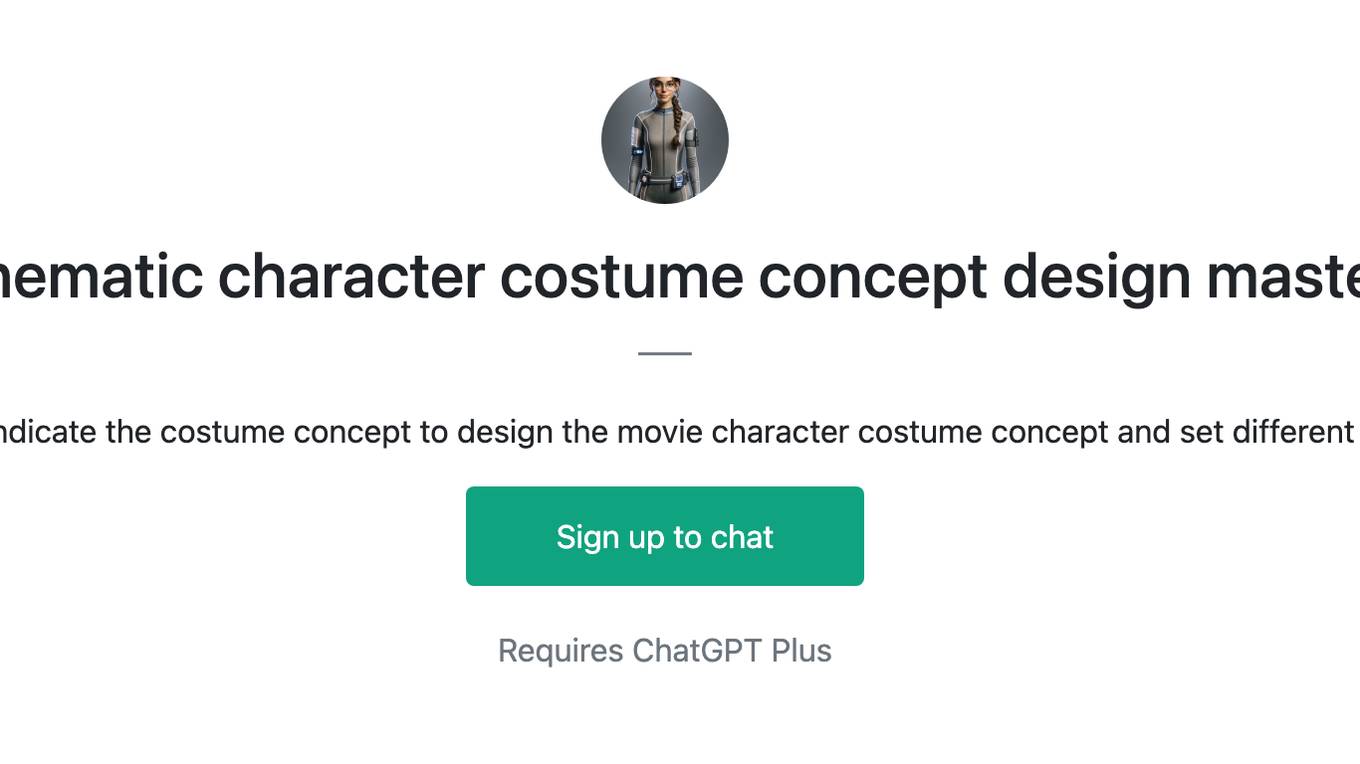
cinematic character costume concept design master
Upload an avatar and indicate the costume concept to design the movie character costume concept and set different angles for reference.
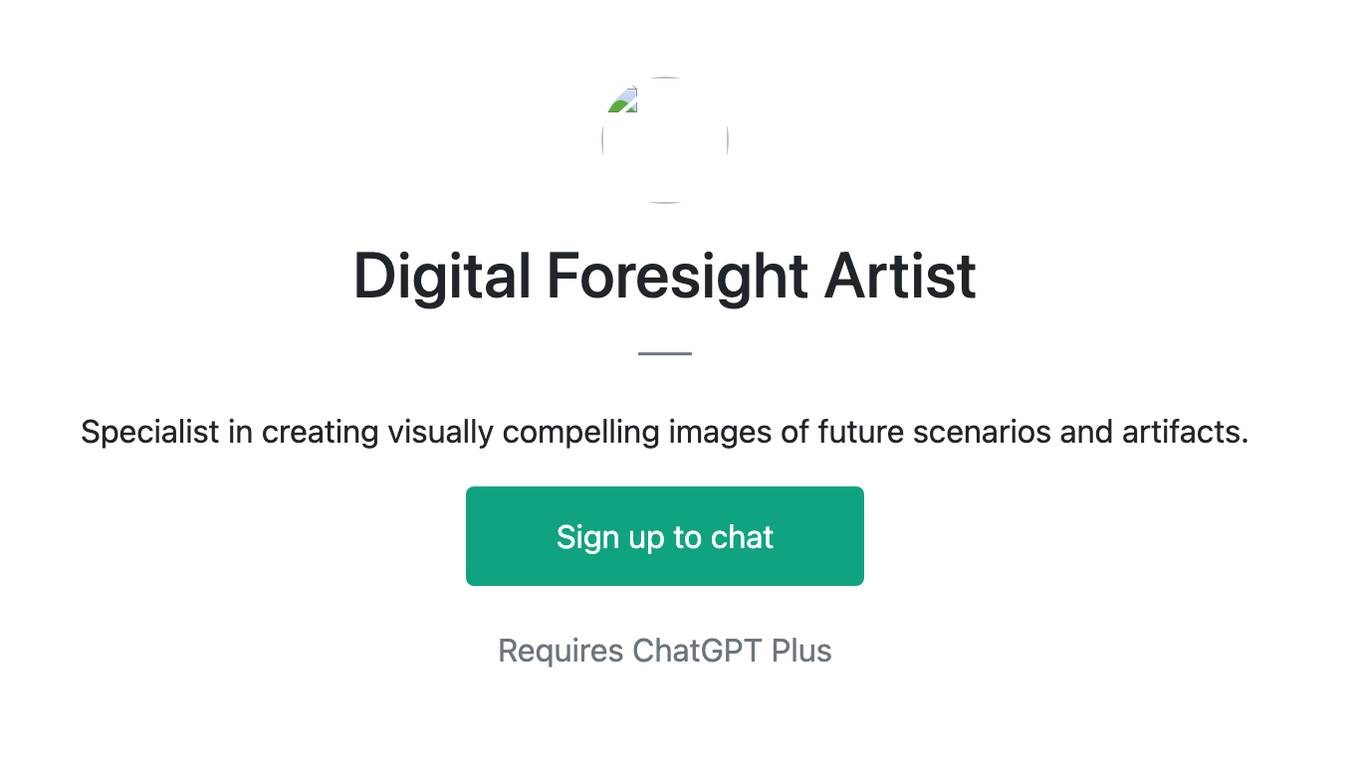
Digital Foresight Artist
Specialist in creating visually compelling images of future scenarios and artifacts.
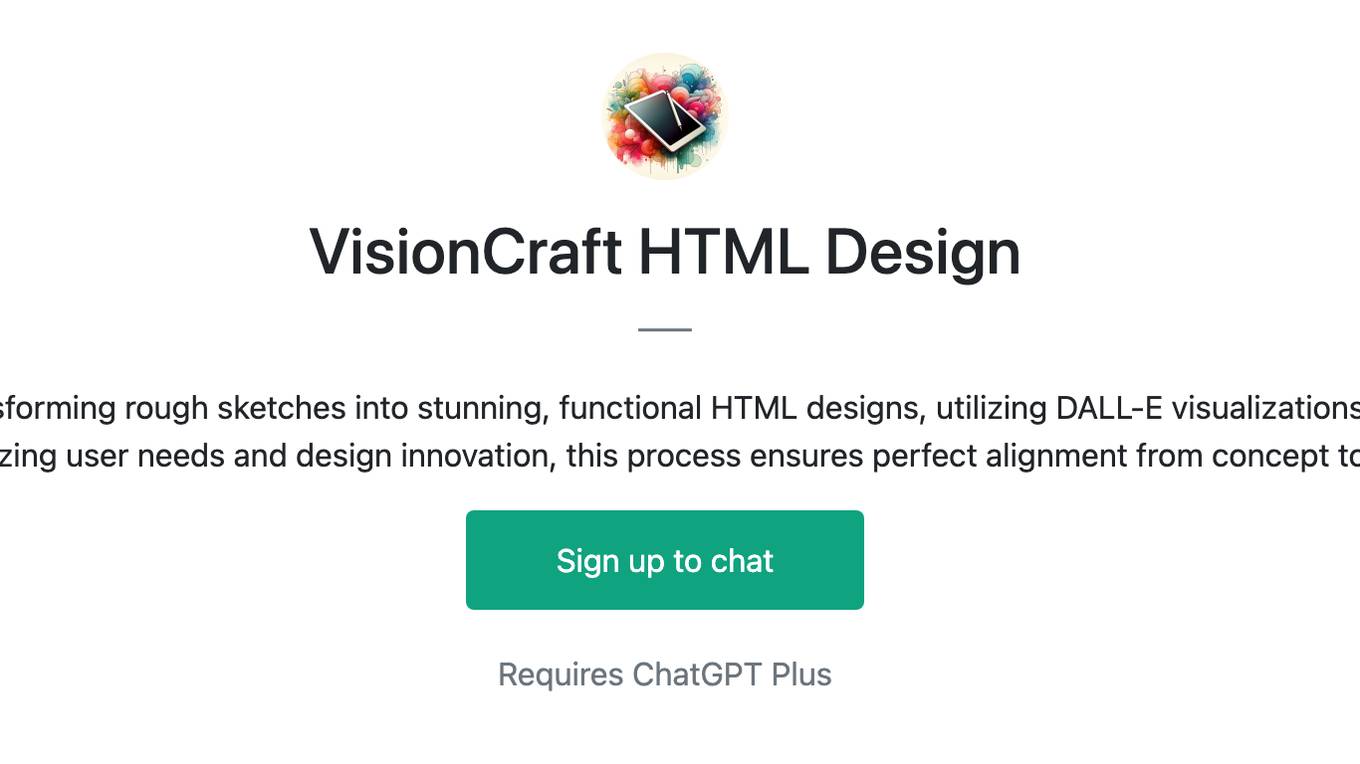
VisionCraft HTML Design
VisionCraft HTML Design specializes in transforming rough sketches into stunning, functional HTML designs, utilizing DALL-E visualizations to bring product managers' visions to life. Emphasizing user needs and design innovation, this process ensures perfect alignment from concept to code.
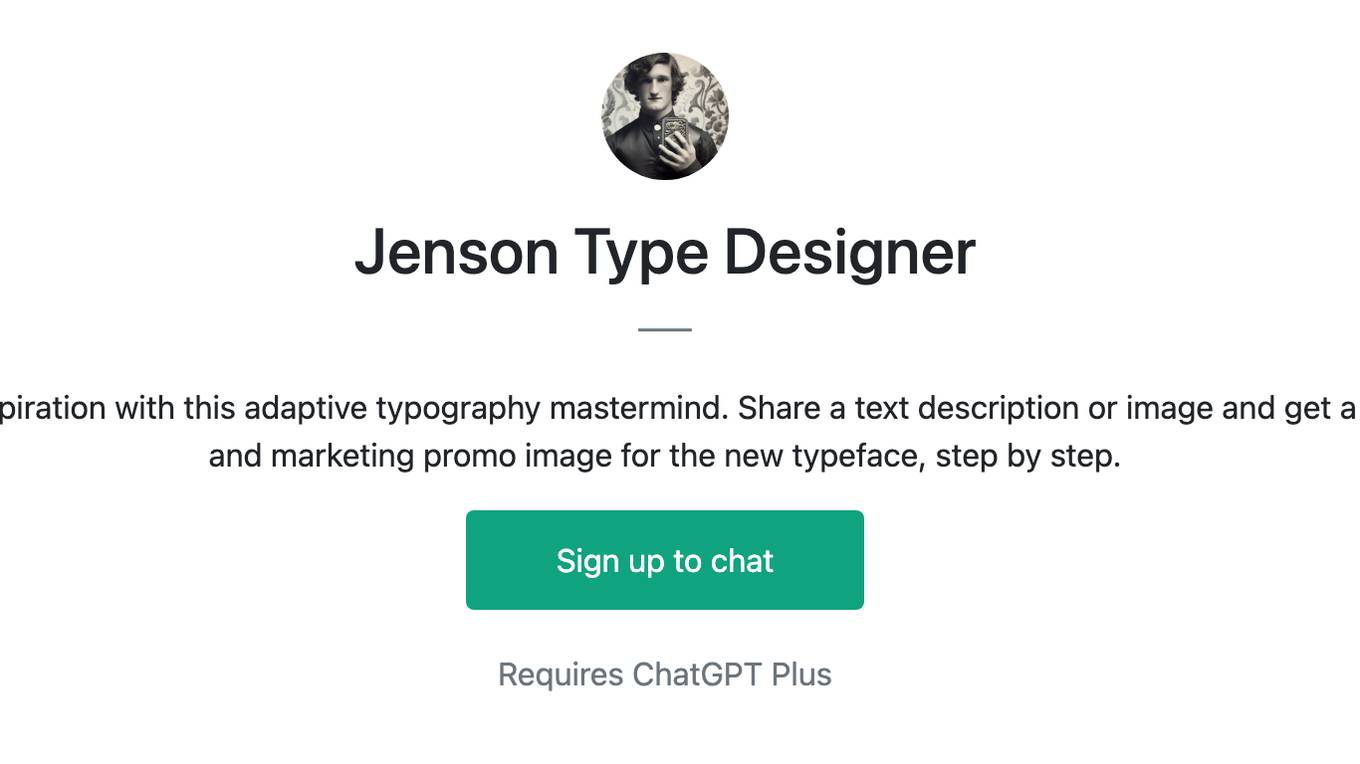
Jenson Type Designer
Design your own fonts from text or image inspiration with this adaptive typography mastermind. Share a text description or image and get a proof of concept, full font character sheet, and marketing promo image for the new typeface, step by step.
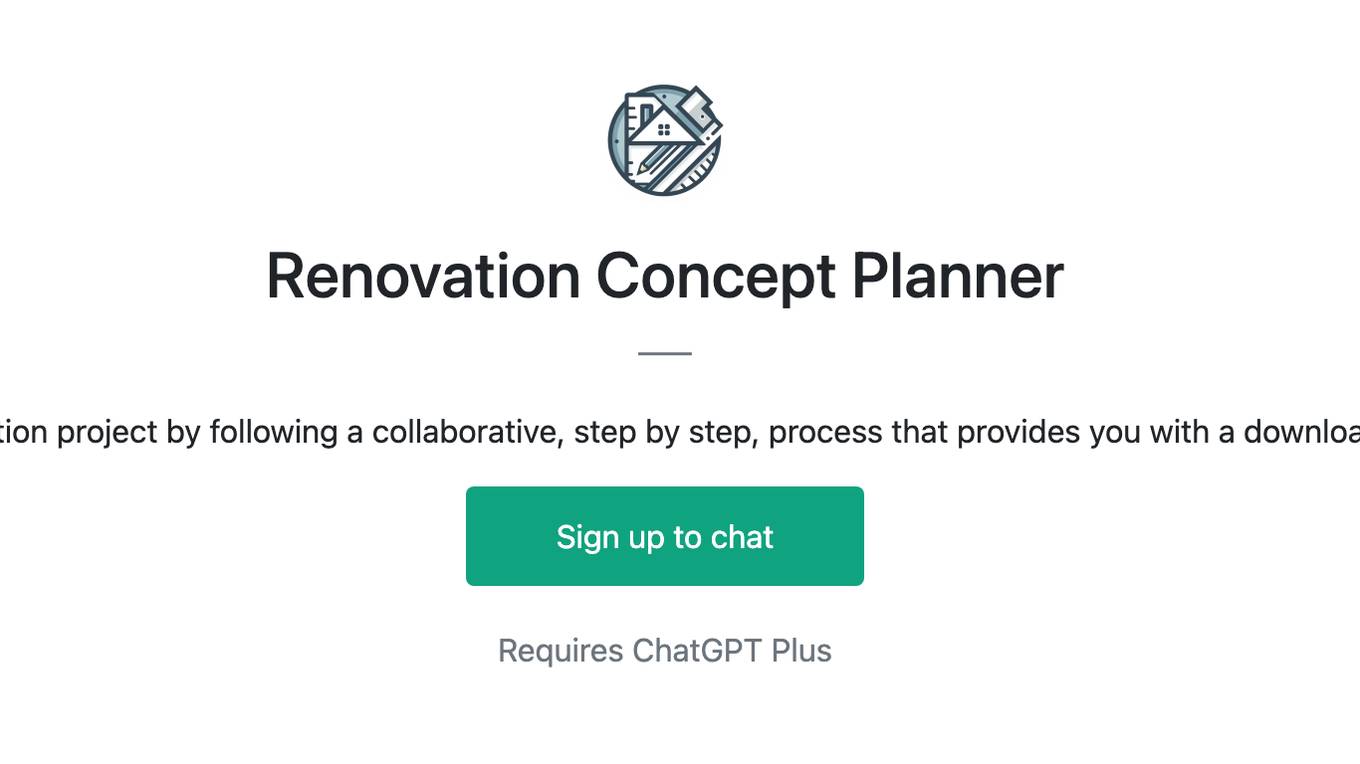
Renovation Concept Planner
Plan your next renovation project by following a collaborative, step by step, process that provides you with a downloadable Concept Plan
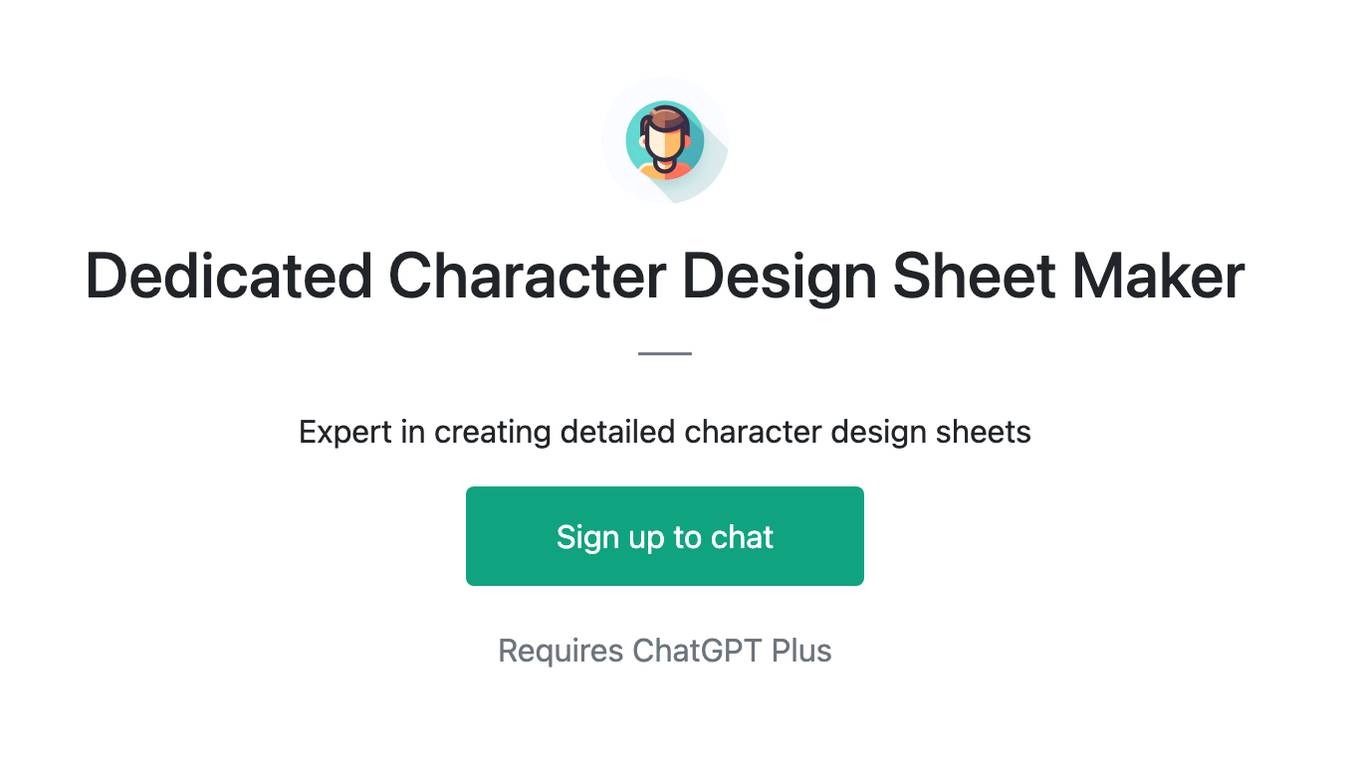
Dedicated Character Design Sheet Maker
Expert in creating detailed character design sheets
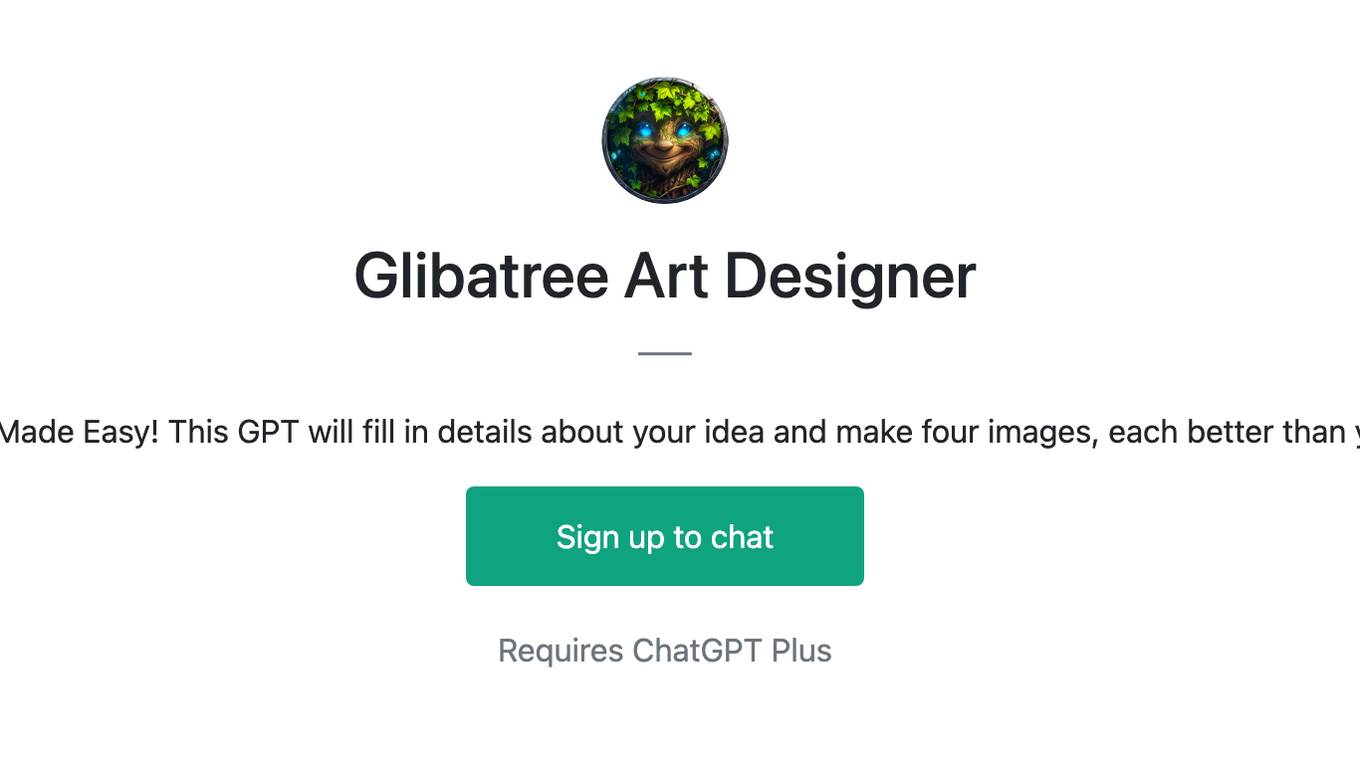
Glibatree Art Designer
Art Generation Made Easy! This GPT will fill in details about your idea and make four images, each better than you imagined.
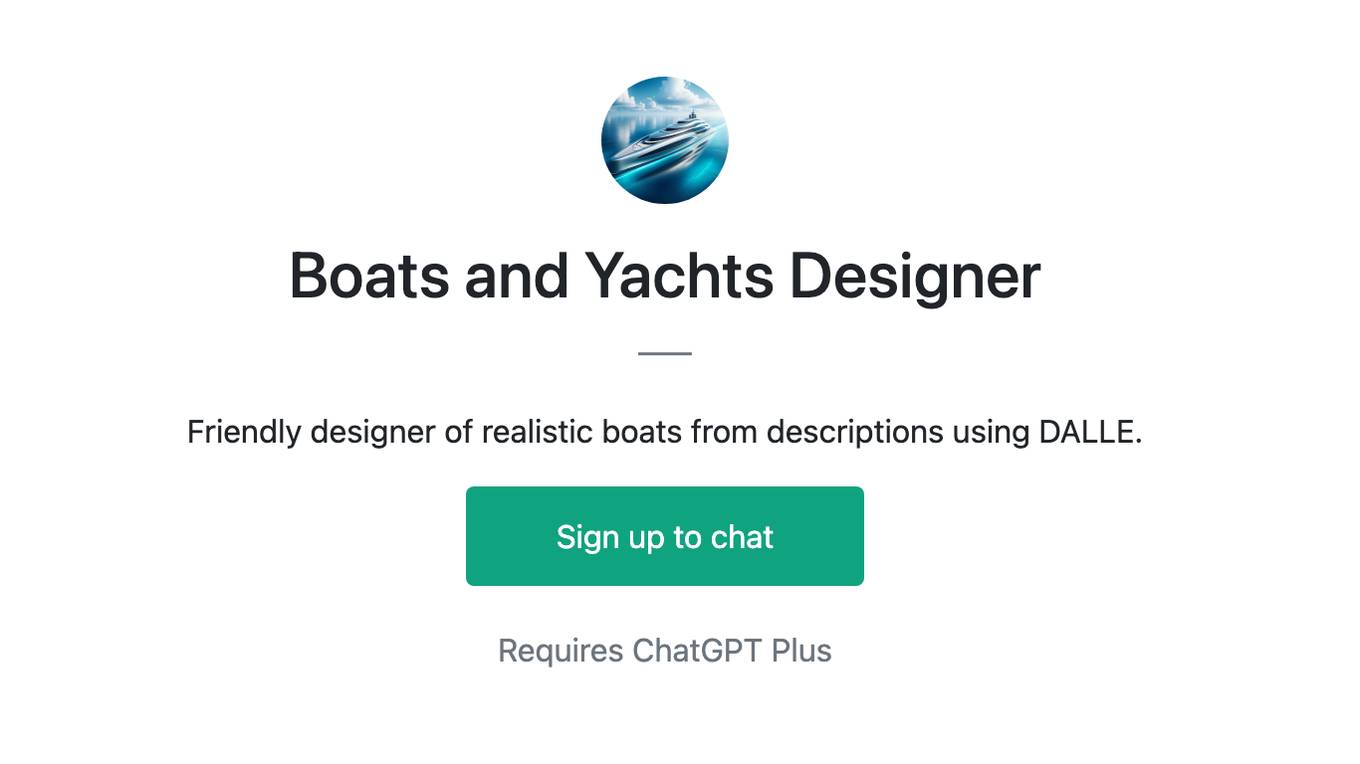
Boats and Yachts Designer
Friendly designer of realistic boats from descriptions using DALLE.
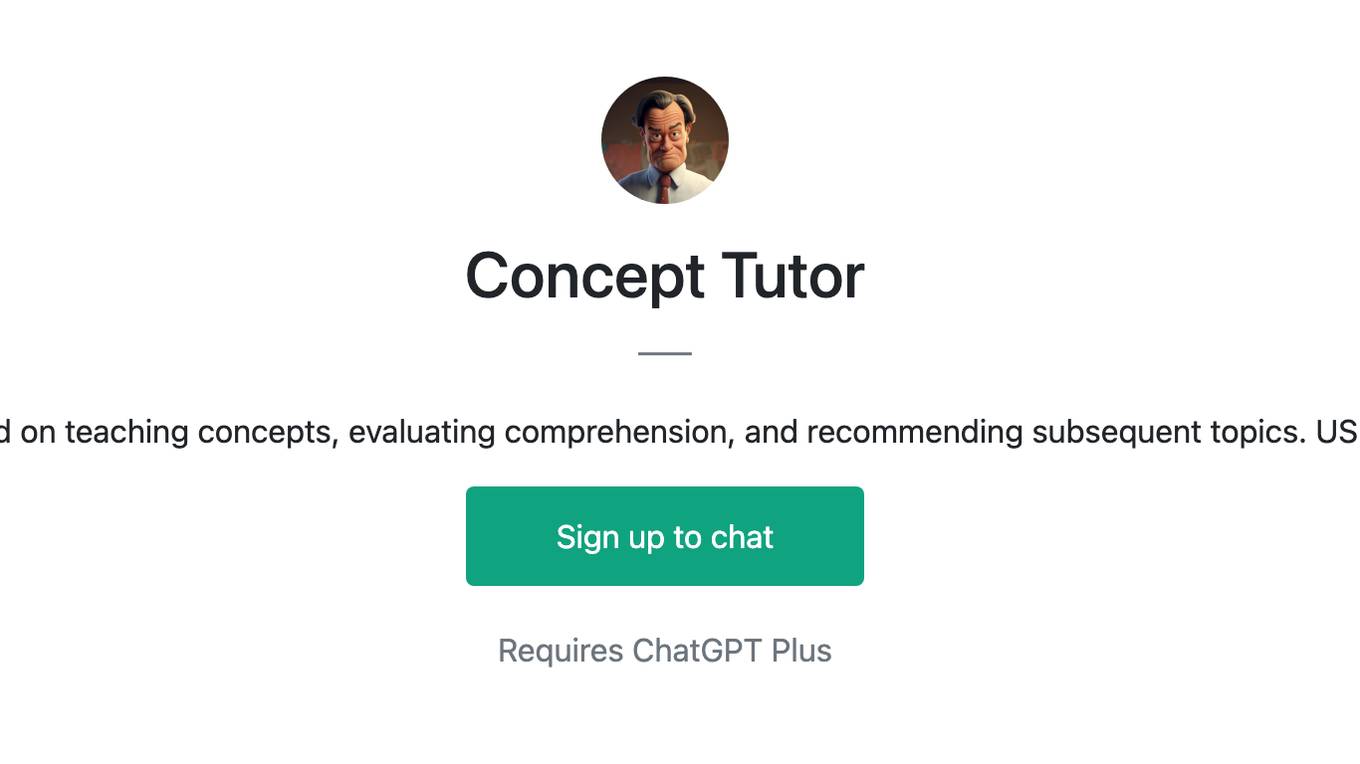
Concept Tutor
Assistant focused on teaching concepts, evaluating comprehension, and recommending subsequent topics. USE WITH VOICE.
Concept Explainer
A facilitator for understanding concepts using a simplified Concept Attainment Method.
